More info
![Dali Power Tower. Maximise the efficiency of your local power generation]()
InnoVentum offers two unique wooden towers: Dali XII (12 m) and Dalifant XX (20 m)

Sustainability
Innoventum is the only provider of small-scale renewable energy solutions that offers wooden towers. Wood has the unique ability to capture and store carbon dioxide while reducing carbon sources. Each cubic metre of wood saves a total of 2 tonnes of carbon dioxide. In this way, each of our wooden towers reduces the amount of carbon dioxide in the atmosphere, while steel towers (currently the industry standard) are associated with significant carbon emissions during manufacturing. Wood, unlike steel, is a renewable material, making it a sustainable choice.

Feature
Innoventum's solutions have a number of functional advantages, such as making wind turbines quieter, solar production more efficient, and producing energy more widely distributed throughout the day and year. their solutions have been developed in collaboration with leading European universities and research centres. Their partners and the InnoVentum team have devoted countless hours of engineering to research and development and testing.

Aesthetic
Innoventum solutions catch the eye in our customers' gardens and in public places, some call them even the most beautiful wind turbines in Sweden! They are inspired by great works of art, architectural monuments and the world of nature. Their designs are unique and an important part of our intellectual property.
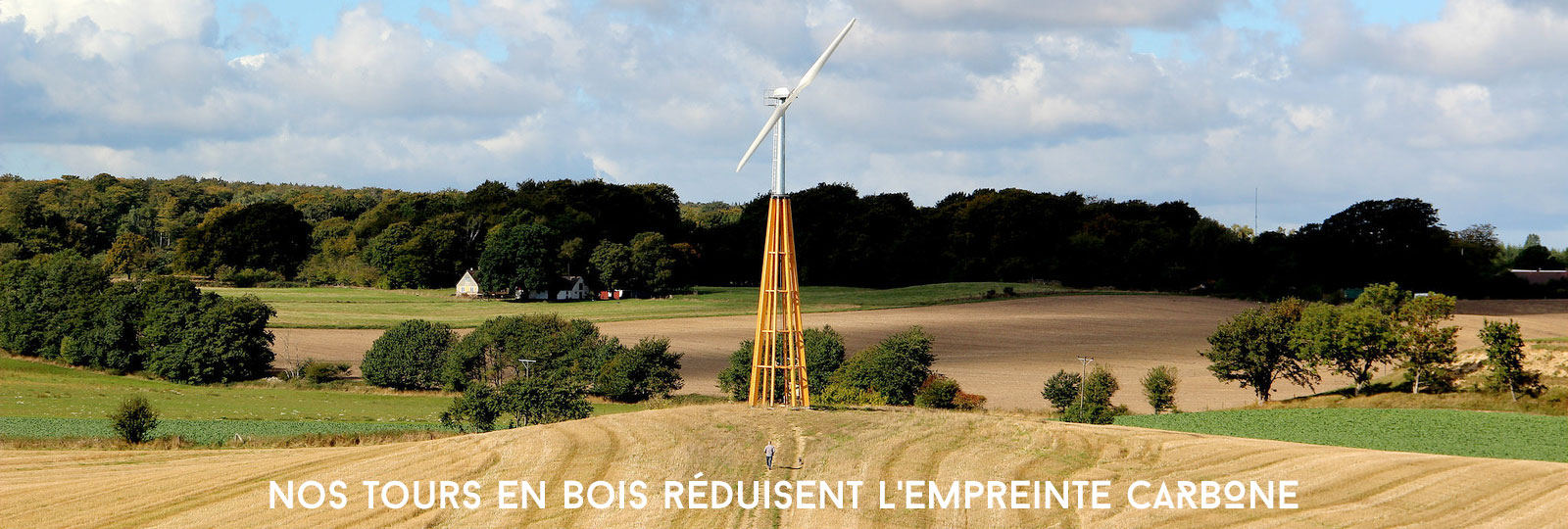
Their innovative wood have been developed to adapt to all of our wind turbine solutions. Replacing standard steel towers with wooden towers significantly reduces thecarbon footprint our products.
The InnoVentum wooden towers are the result of extensive research and collaboration with leading universities in Sweden and France in the field of wood engineering. The emphasis has been on creating aesthetic wooden models that are easy to transport and erect.
Solar and wind energy are perfectly complementary: wind turbines produce mainly at night and in the coldest months of the year, while solar produces only during the day and mostly in summer.
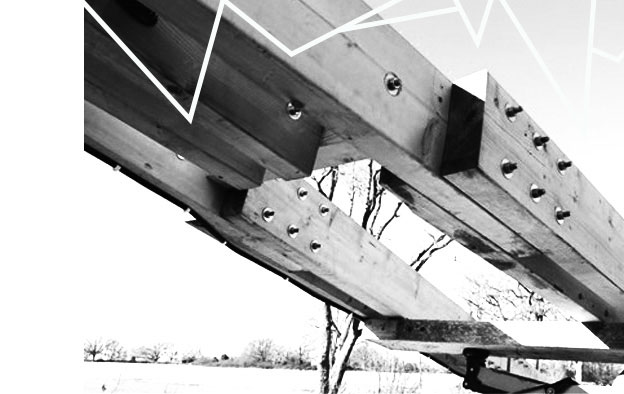
Easier Logistics
Wood is a lightweight material (compared to steel) and allows modular construction.
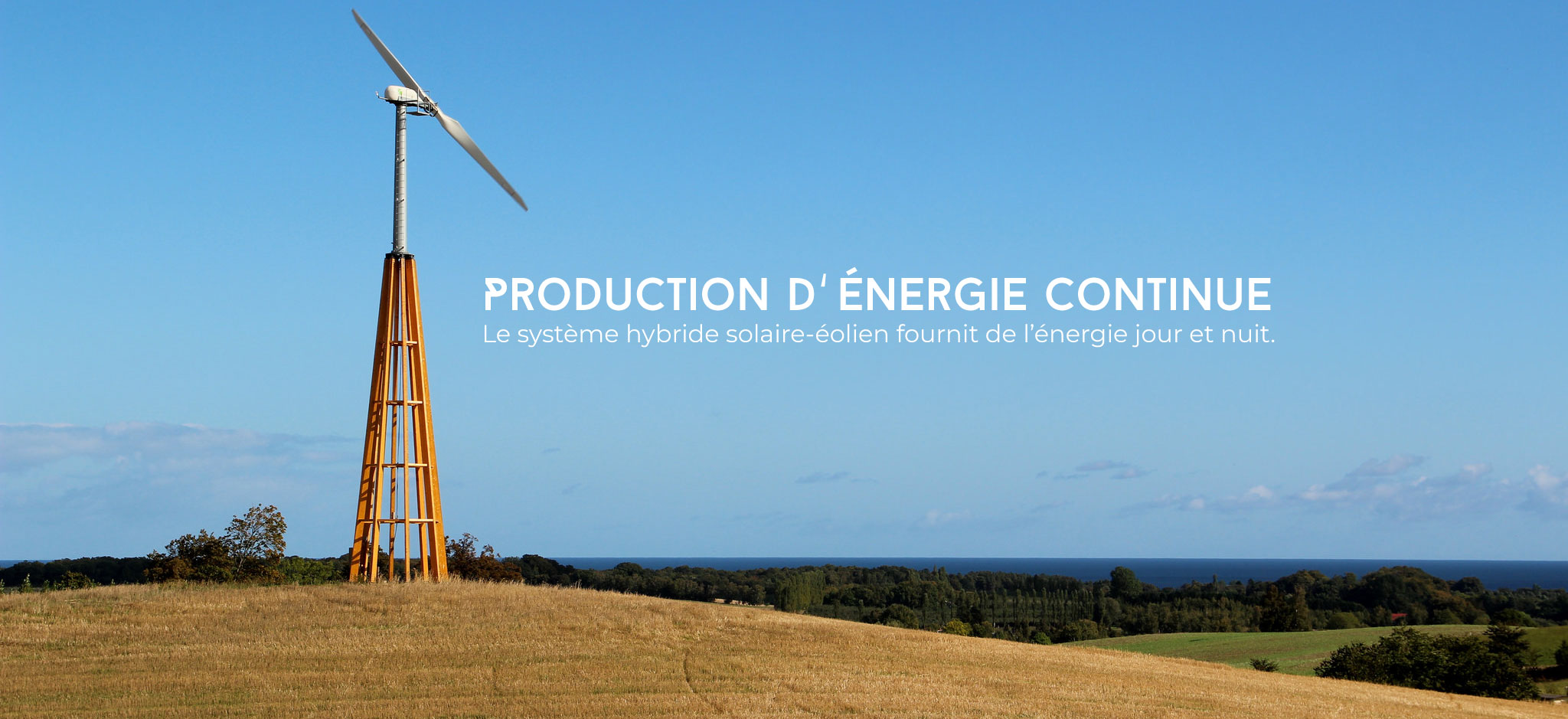
Reduced noise and vibration
The three modular feet of the Dali Tower Reduce The sound level and vibratory emitted by the wind turbine.
Wood is a better place phonics insulation more than steel.
Indeed, the speed at which sound waves move in the wood is lower.
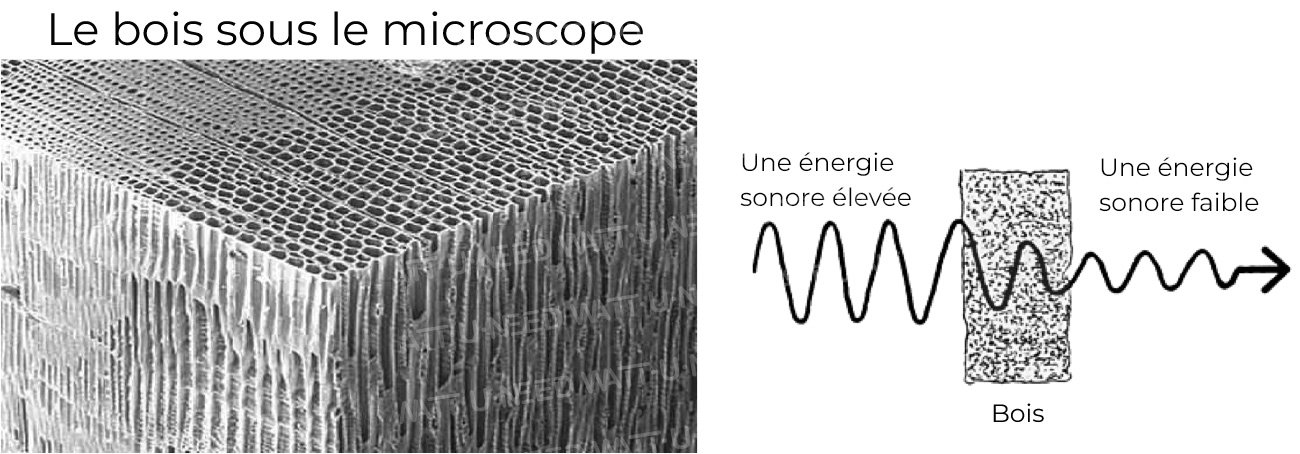
Performance control
The micro-inverter system offers a technical flexibility, an integrated intelligence system, an integrated energy gain and a production control system absent in a central inverter system.
The most environmentally friendly solution on the market.
The use of wood for the Dali XII tower and the foundations targeted makes this hybrid facility the most Ecological never designed.

Sustainability
Our wooden towers have been designed to last more than 25 years, even in the most adverse weather conditions, such as marine sites or high winds.
The construction withstands gusts of 60 m/s (216 km/h or 135 mph) - Class I winds according to standard IEC 61400-2. These winds are classified as hurricanes.
During the 2011-2015 period, we installed several wind turbines in high-wind coastal areas and none of them sustained significant damage.
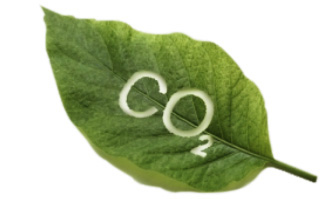 Wood and CO 2
Wood and CO 2
Wood has the unique ability to capture and store CO 2 while reducing carbon sources.
There are two ways to reduce CO 2 in the atmosphere:
Reducing emissions or 'carbon sources'
Eliminate CO 2 and store it - increase 'carbon sinks'
Wood has the unique ability to do both.
Each cubic metre of wood saves a total of 2 tons of CO2.
Each cubic metre of wood used as a substitute for other building materials reduces CO 2 emissions by an average of 1.1 tonnes of CO2.
If this is added to the 0.9 tonnes of CO 2 stored in the wood, we get a total of 2 tons of CO 2.
Why cut down trees in forests
Managed forests are more efficient carbon sinks than forests left in their natural state. Younger, vigorously growing trees absorb more CO 2 than mature trees, which will eventually die and rot, bringing their CO 2 reserve back into the atmosphere, while most of the CO 2 from trees harvested from a managed forest continues to be stored throughout the life of the resulting wood product.
Installation process
The Dali XII tower (available in structural options) of the Dali PowerTower solution has a number of practical advantages:
• Easy transport thanks to the modular design and the small volume of packaging.
• Silent operation through noise reduction through wood elements and multi-leg design.
• It is possible to climb the tower without a crane - using an electric or manual winch - which is particularly advantageous in remote locations (valid for Dali PowerTower Lite).
In most cases, we use a screw foundation for our solutions, which is an environmentally friendly alternative to the concrete foundation. The screw foundations require no movement of the soil and allow for considerable savings in water and materials. If the installation site is rocky, we propose a steel rod foundation that is pierced directly into the bedrock.
In cases where the concrete foundation is the only alternative, the amount of concrete needed for the Dali XII tower is 7 times less than a conventional tubular steel tower of the same height. This is possible thanks to the multi-leg design of the wooden tower.
Example of production on an indicative value basis provided by the manufacturer
| Dalifan Tower Technical Specifications |
| Annual electricity production (average wind 6 m/s) | 38,000 kWh |
| Power | 11 kW at 9.5 m/s |
| Rotor diameter /swept surface | 13m / 133 sqm
|
| The diameter of the base of the tower | 4.8m |
Sector | Approved for network requirements |
| Sound level at 6 m/s | 40 dB (A) at 80m distance |
Height turn | 19.8m |
| Annual electricity production (average wind 6 m/s) |
| Wind speed | Annual electricity production (average wind 6 m/s) |
| 5m/s | 27,500 kWh |
| 6 m/s | 38,000 kWh |
| 7 m/s | 46,500 kWh |
| 8 m/s | 52,800 kWh |
* Tonote that the production of a wind turbine is completely random depending on the climate and its posistion. Production cannot therefore be guaranteed.


Ionoean Production Antaris 2.5 kW
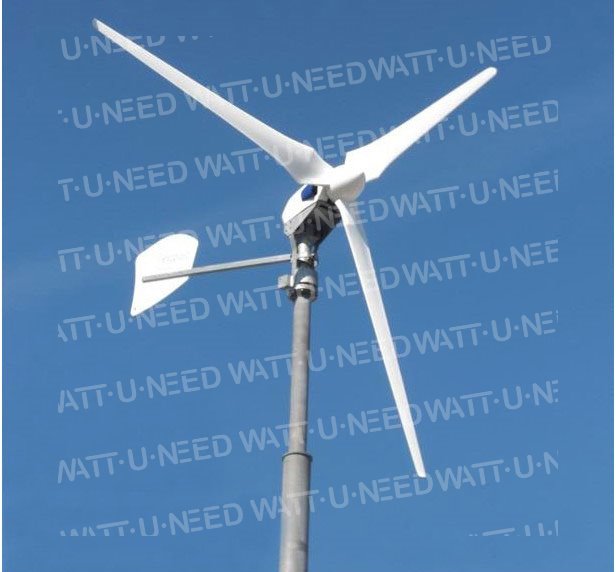
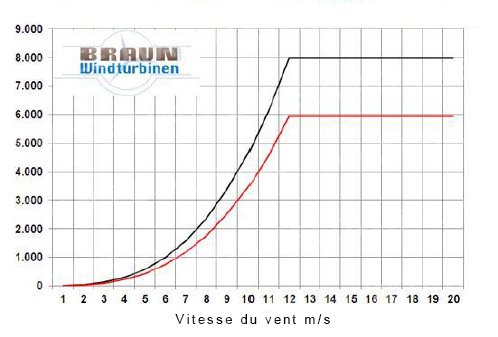
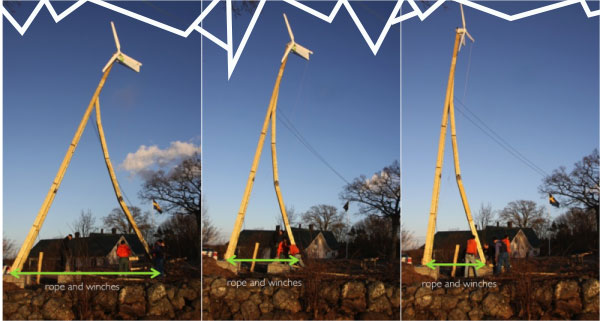
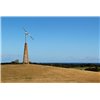



















































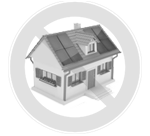

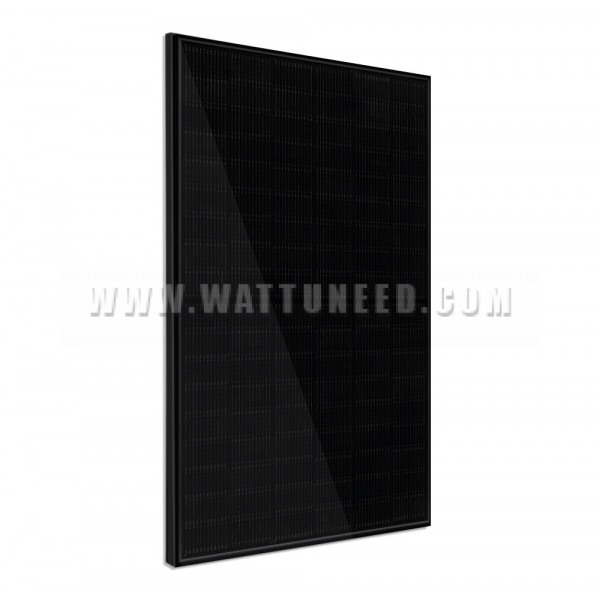
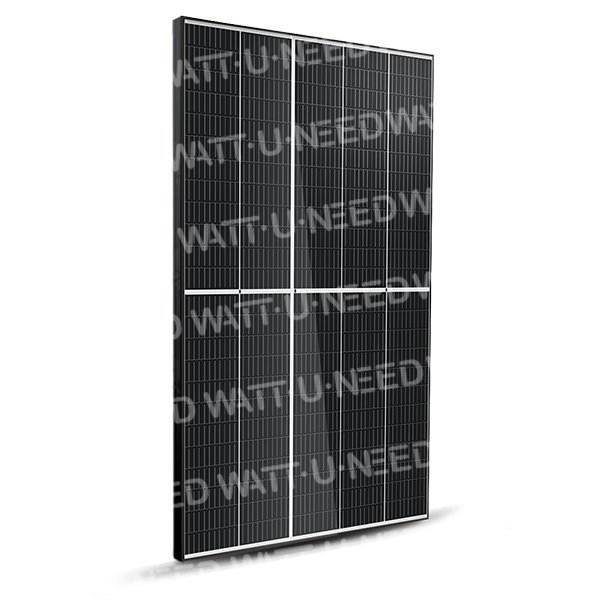


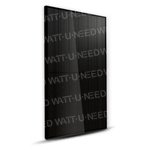




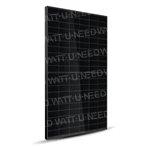







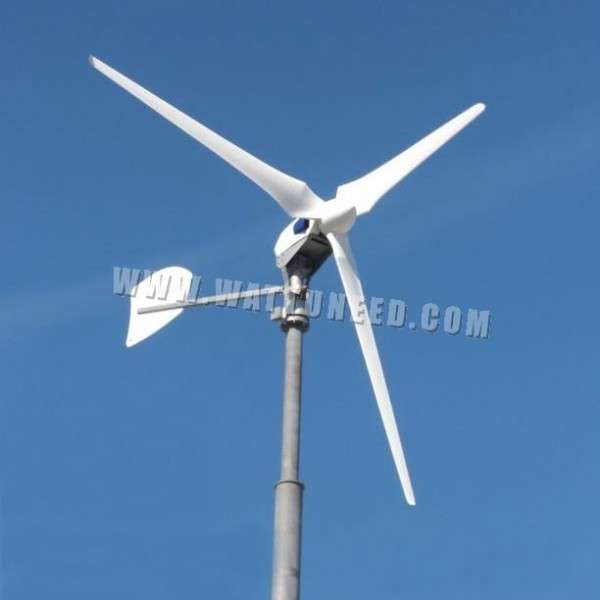
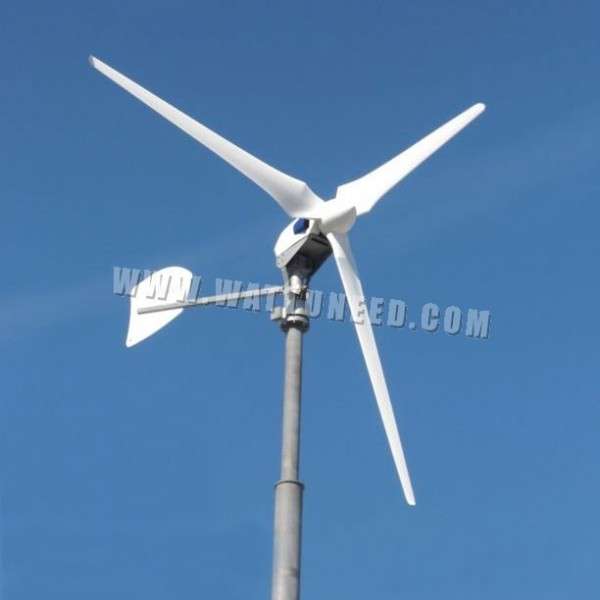
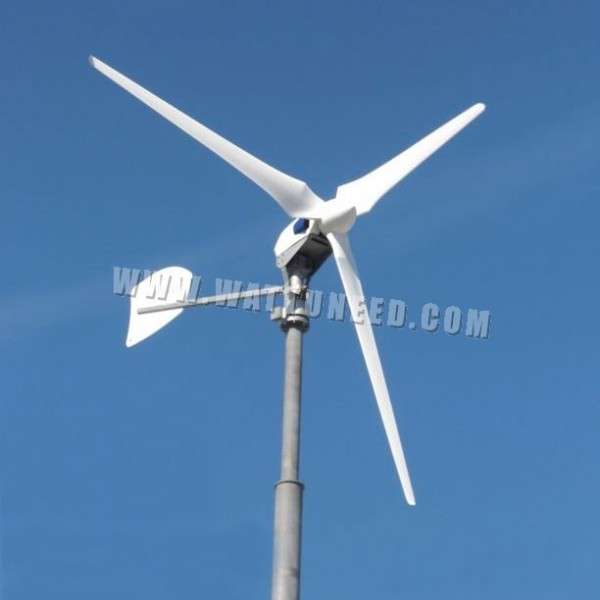
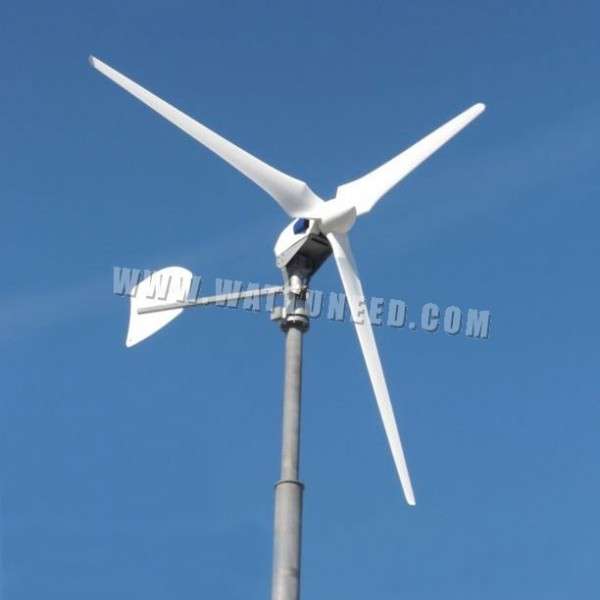
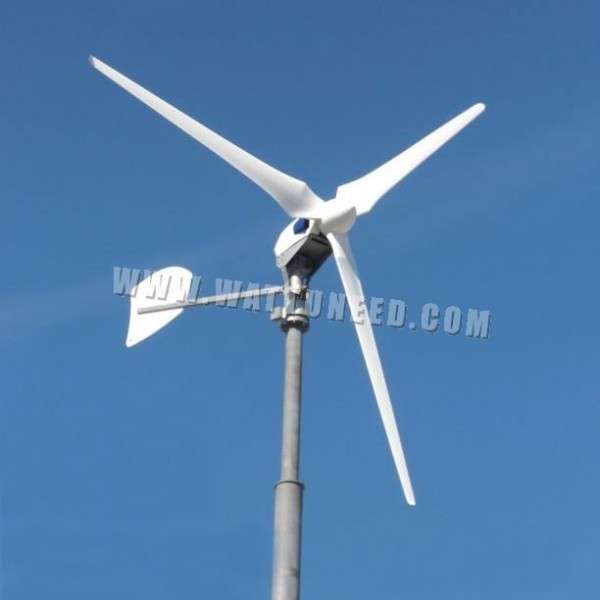
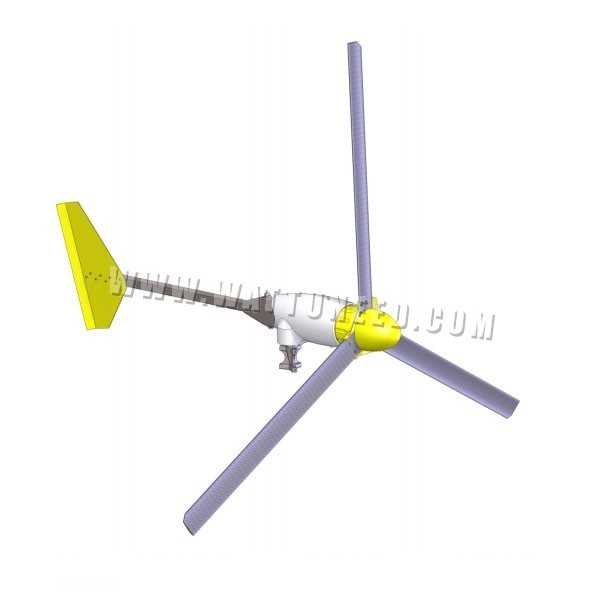
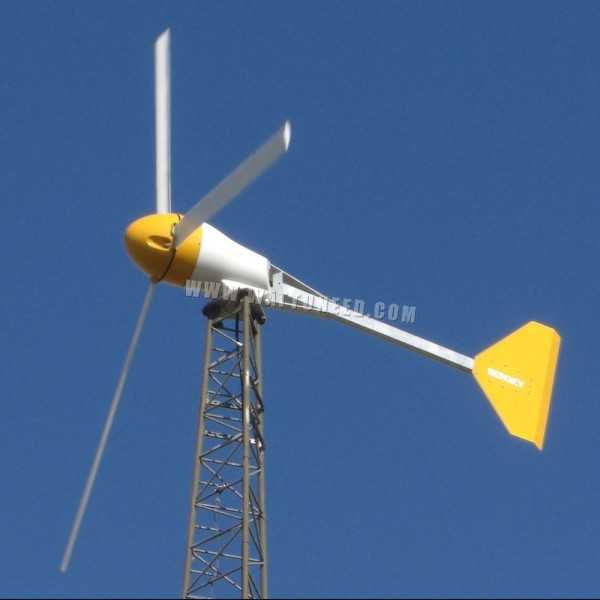
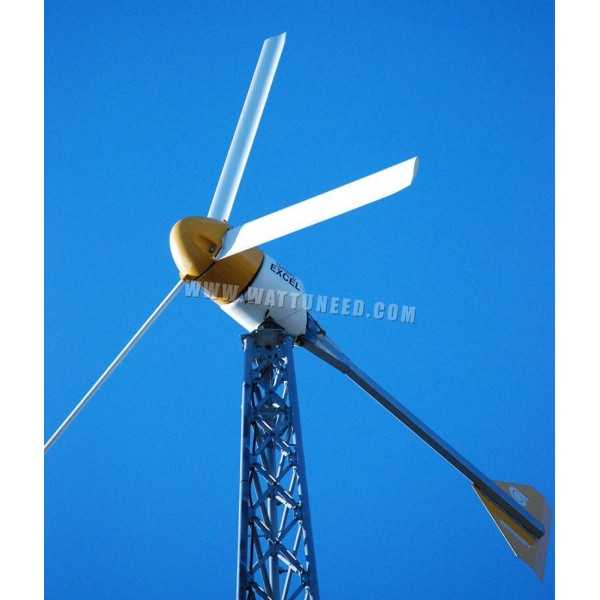









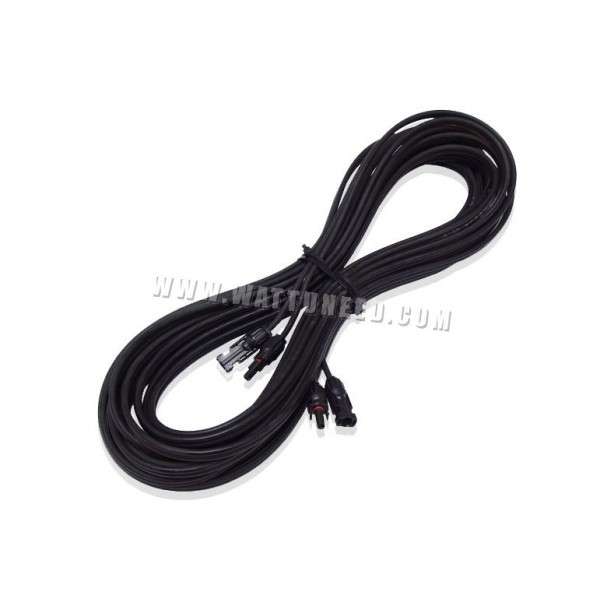
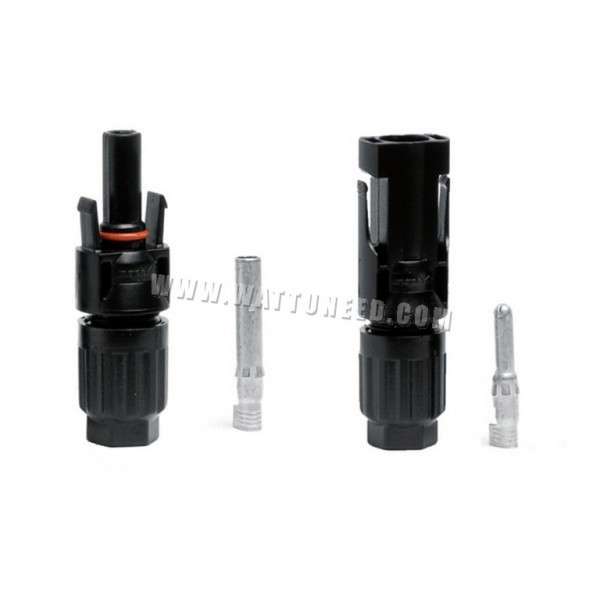

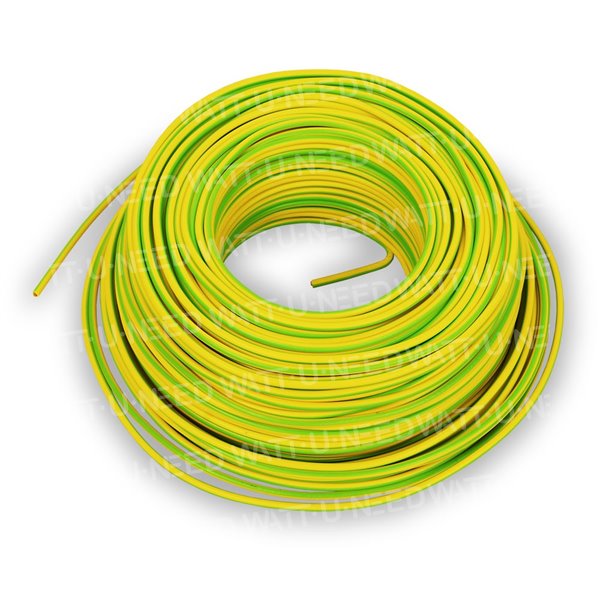





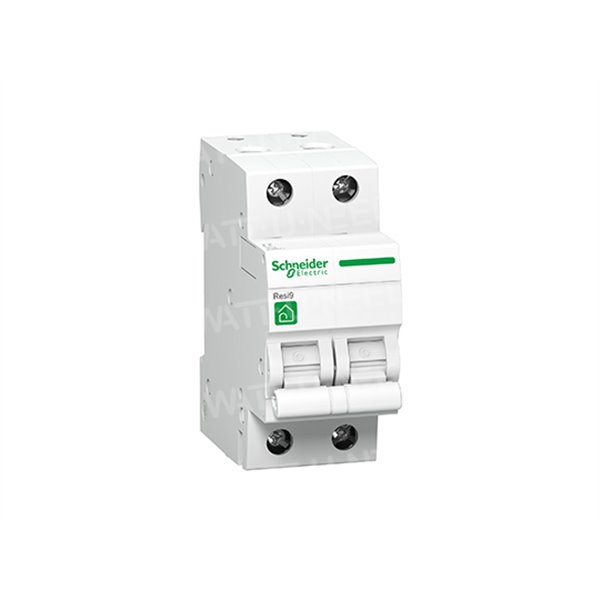
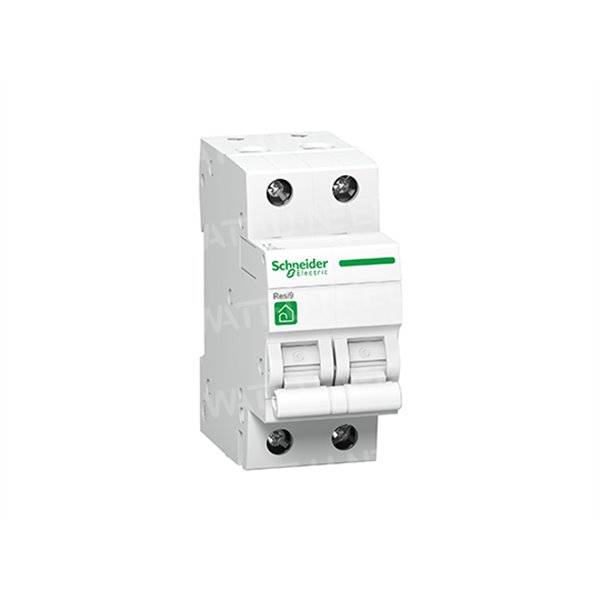
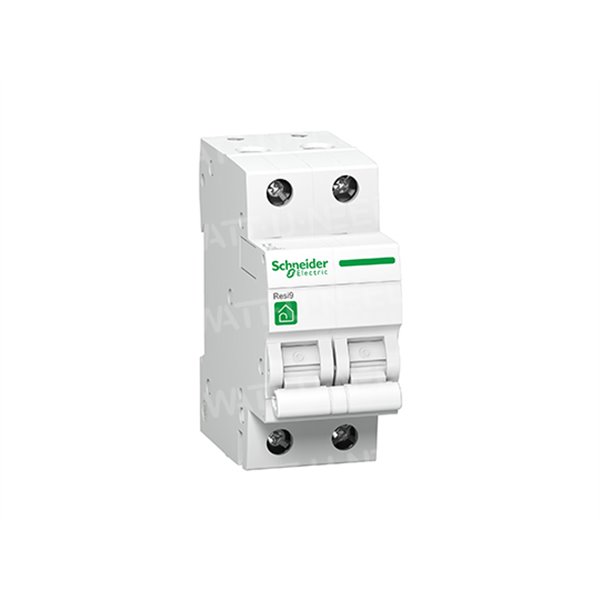
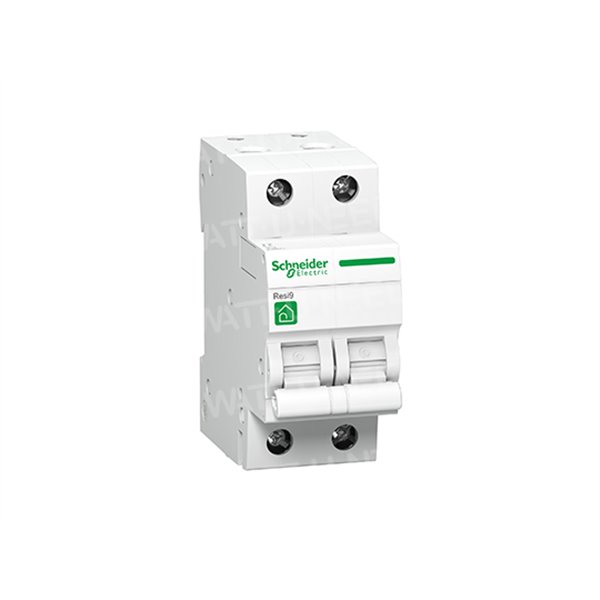
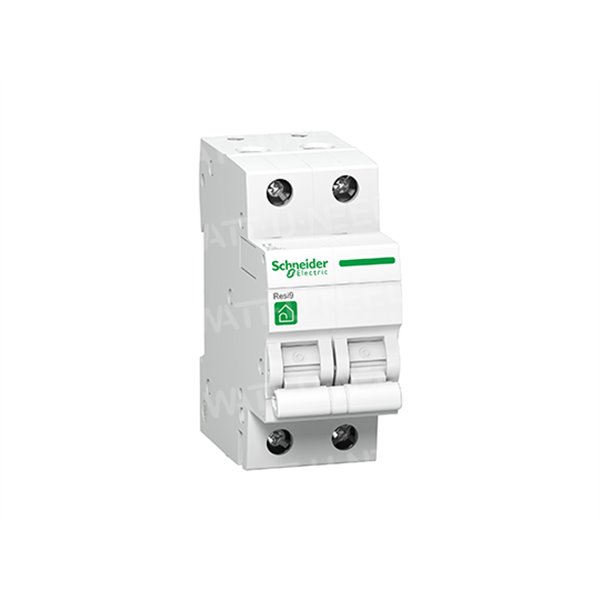
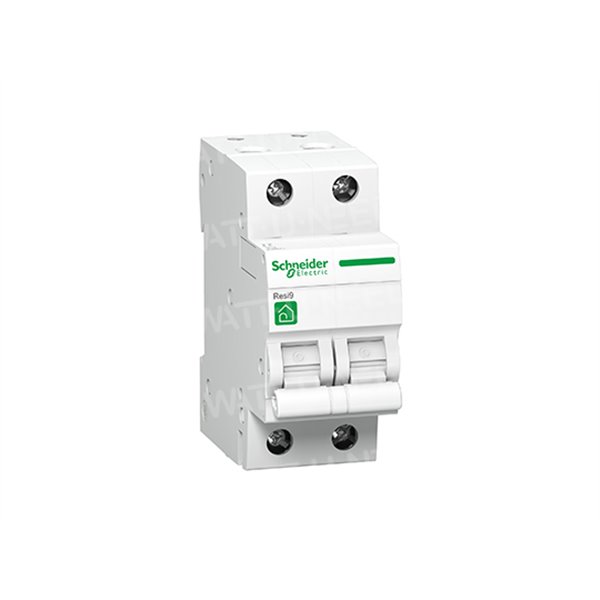
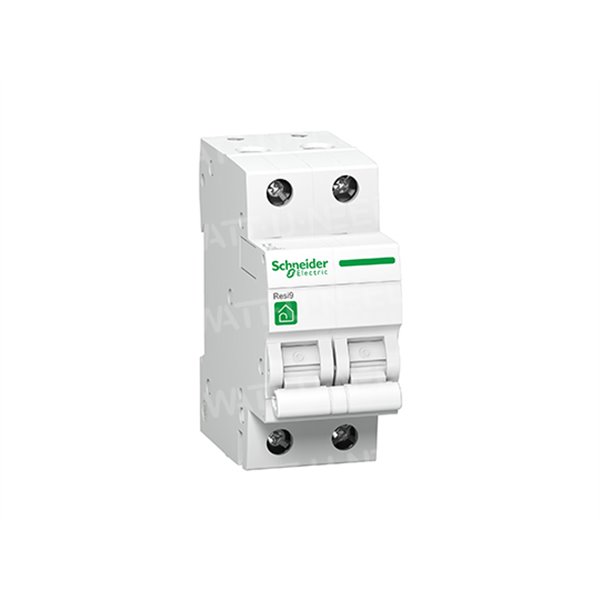
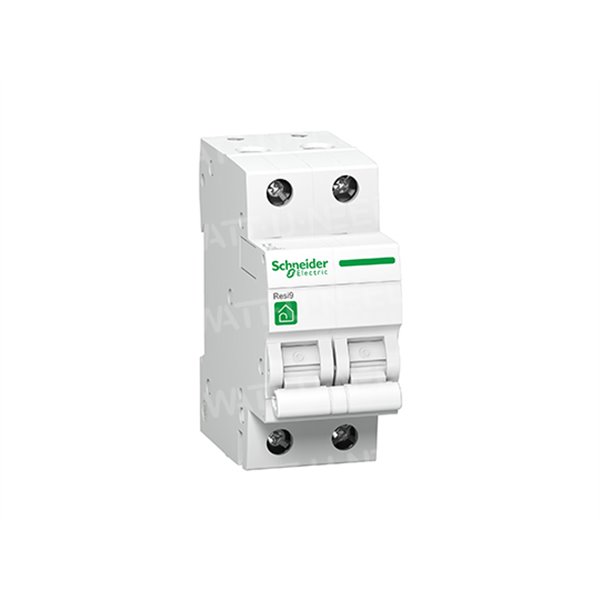
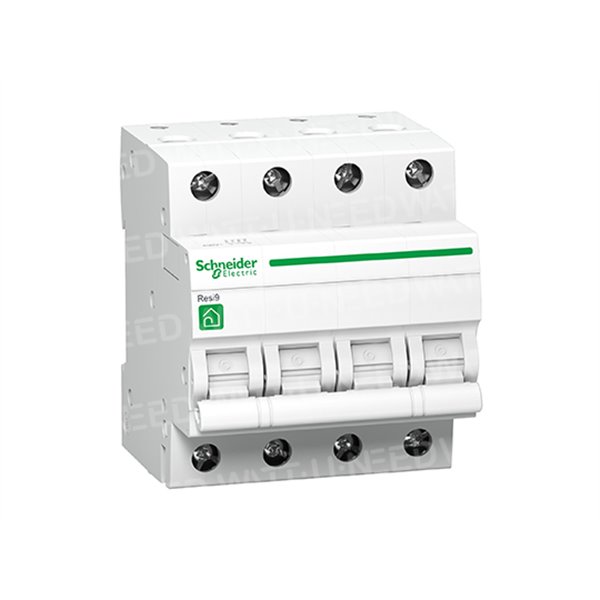
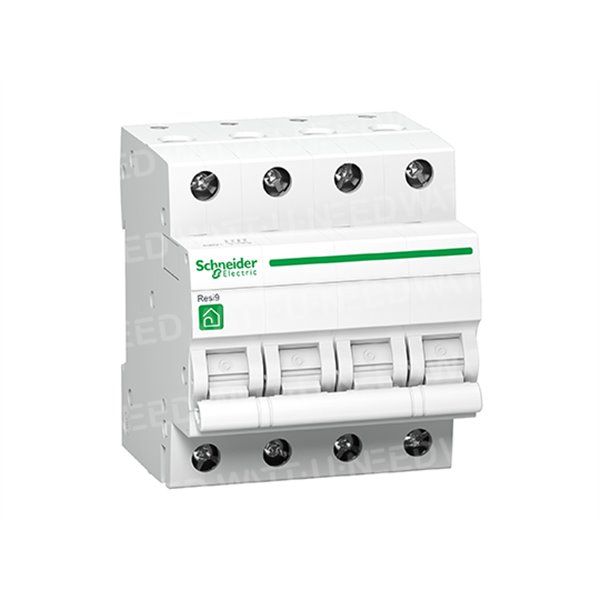
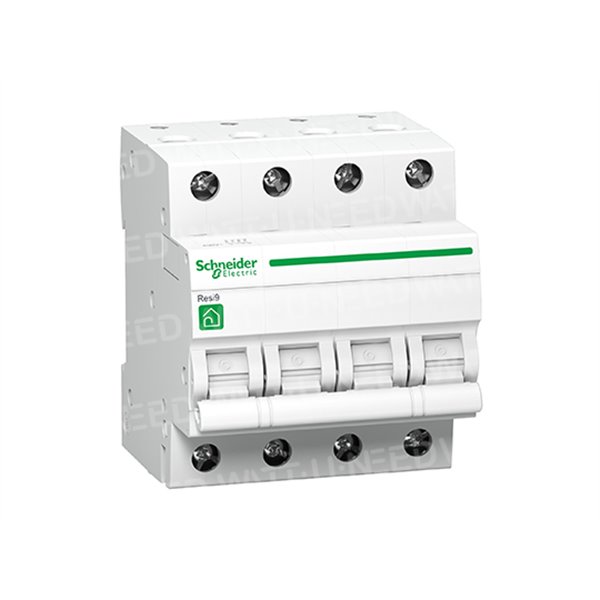

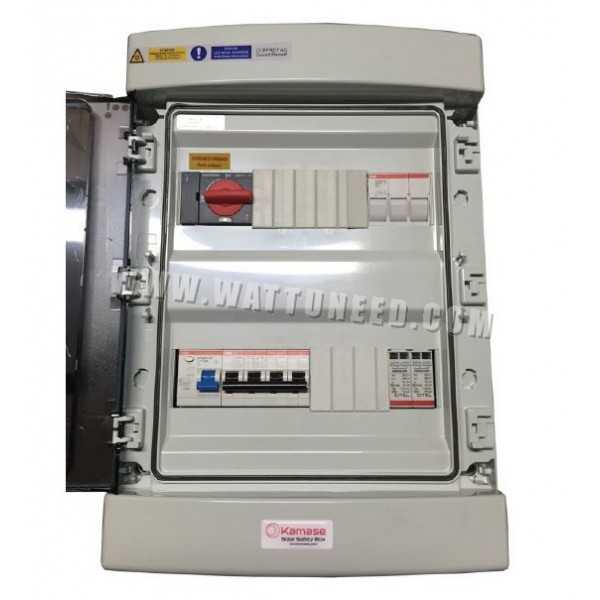

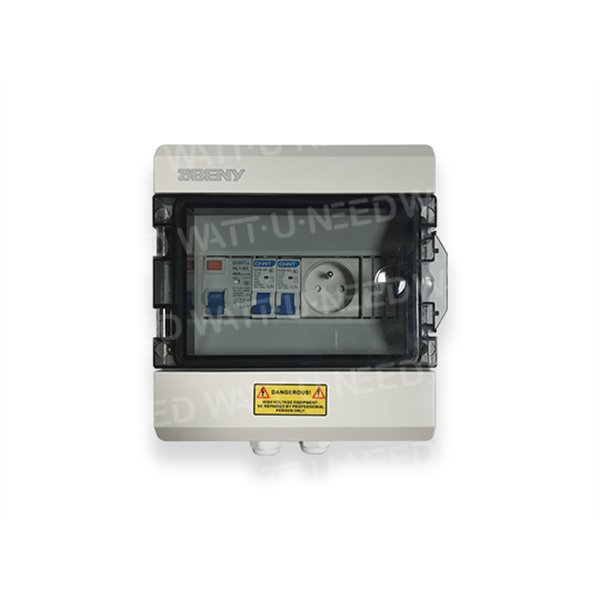
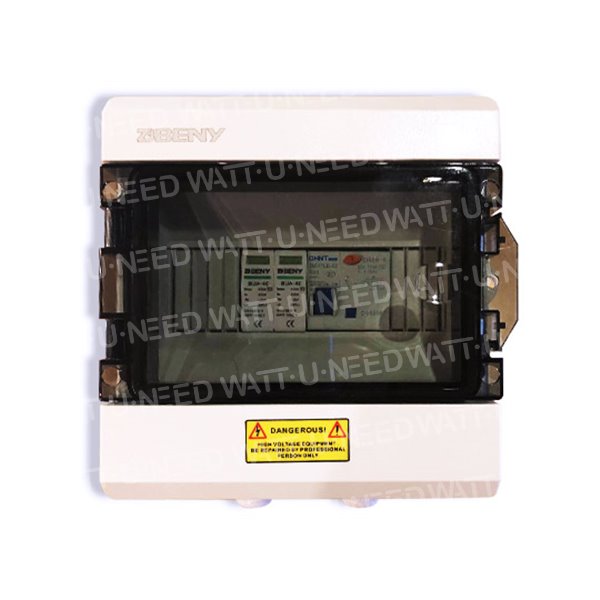











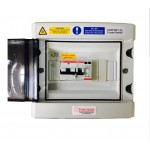

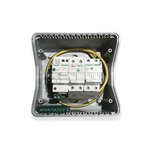


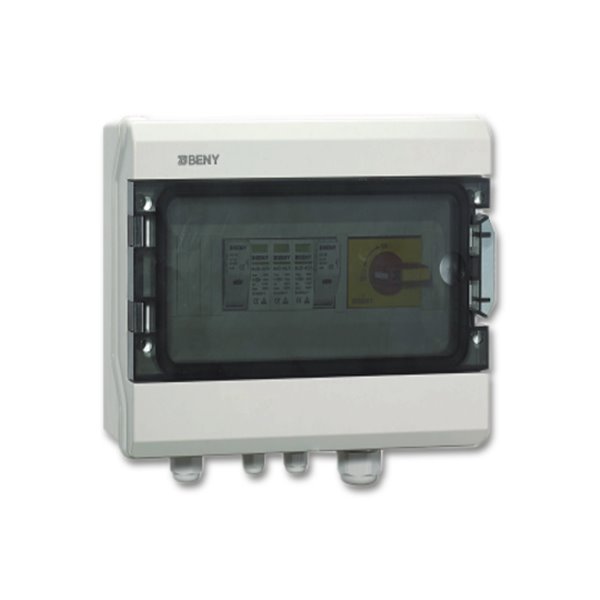

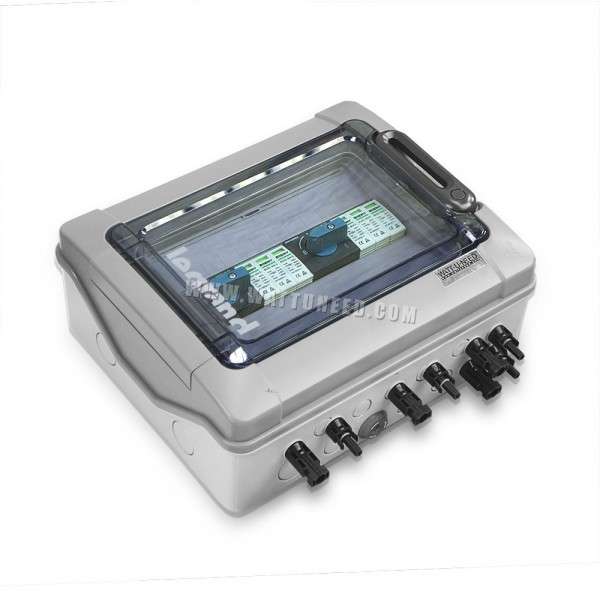
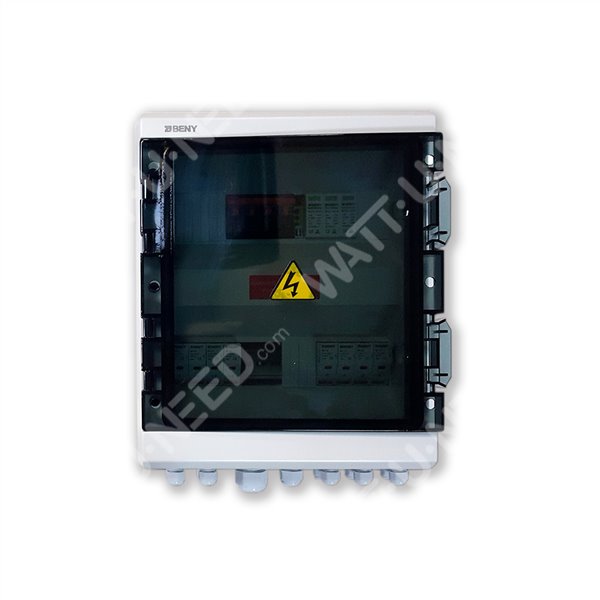

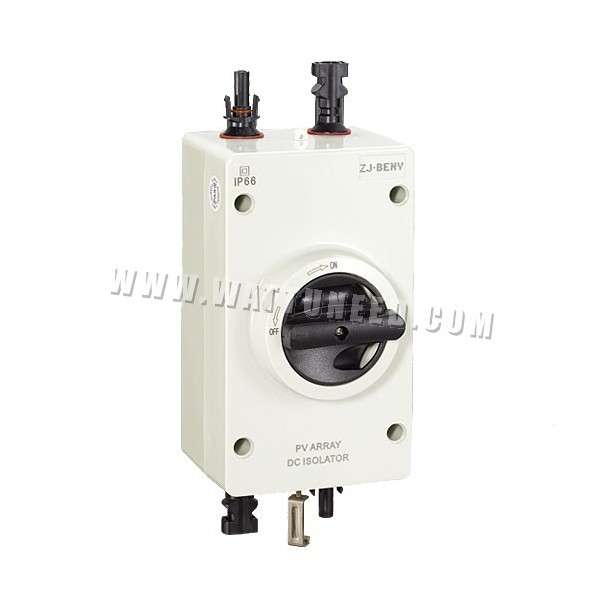
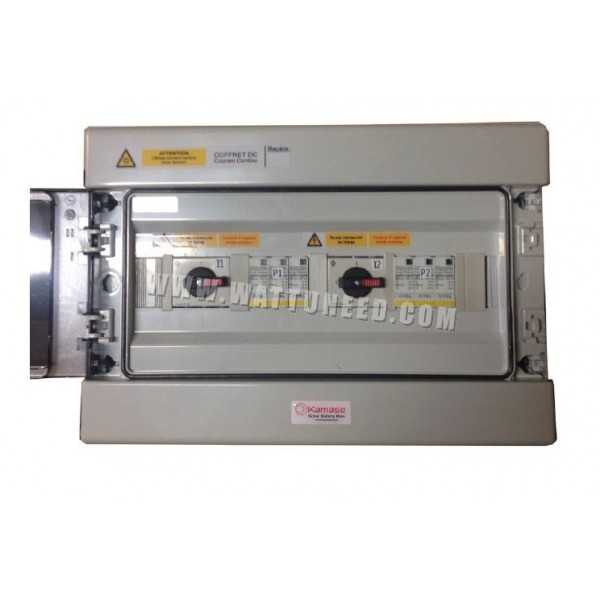
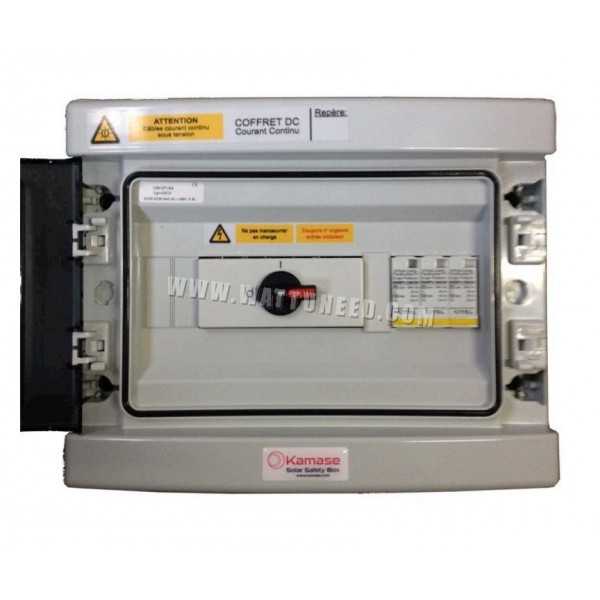








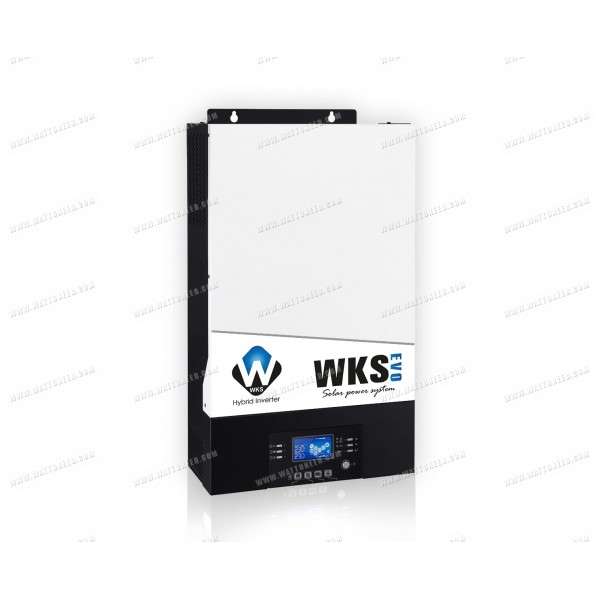




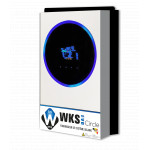
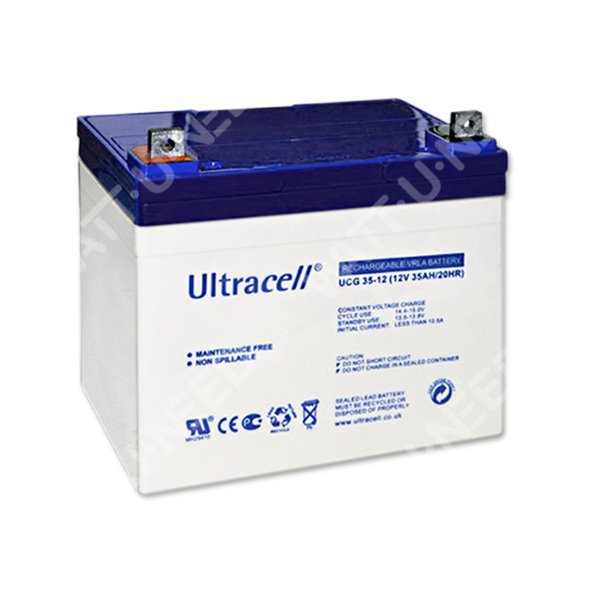
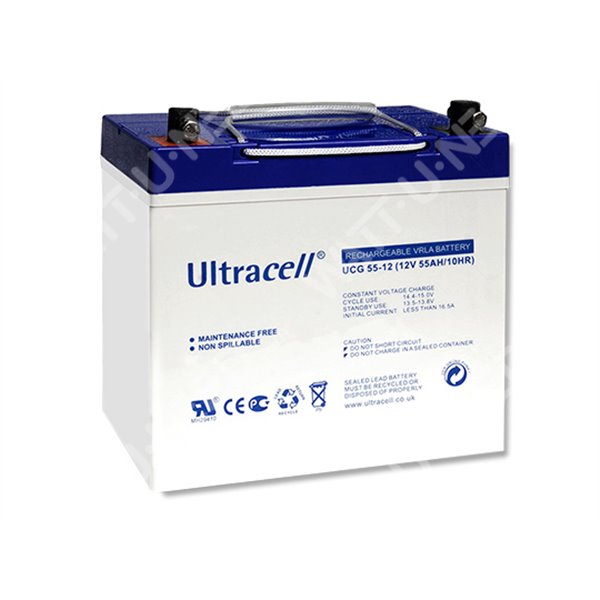
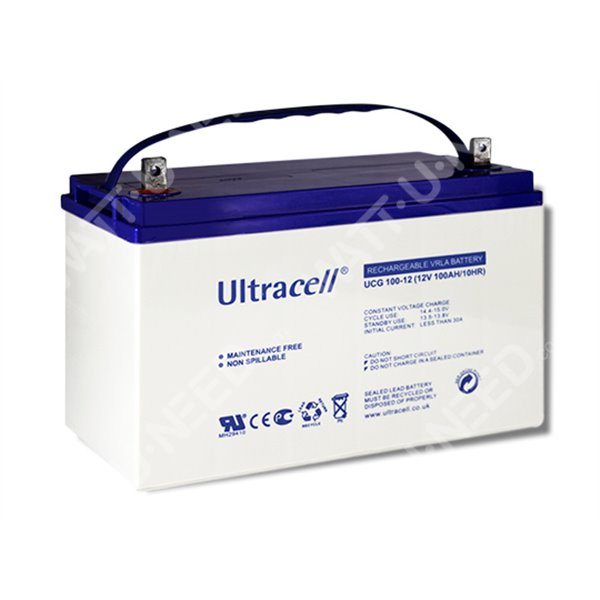
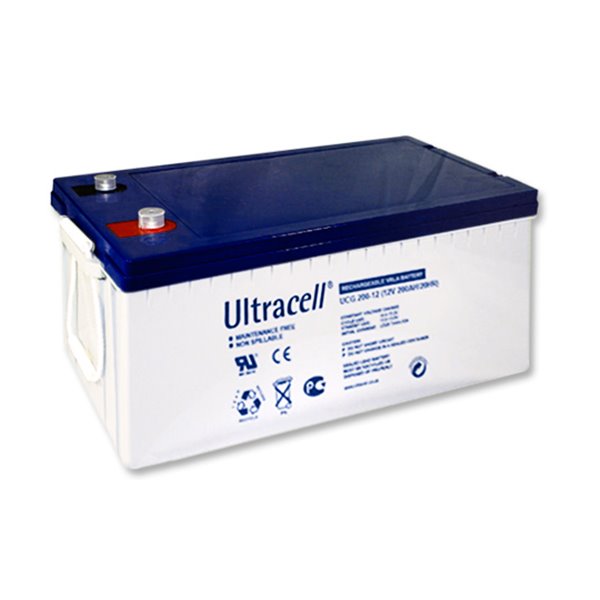
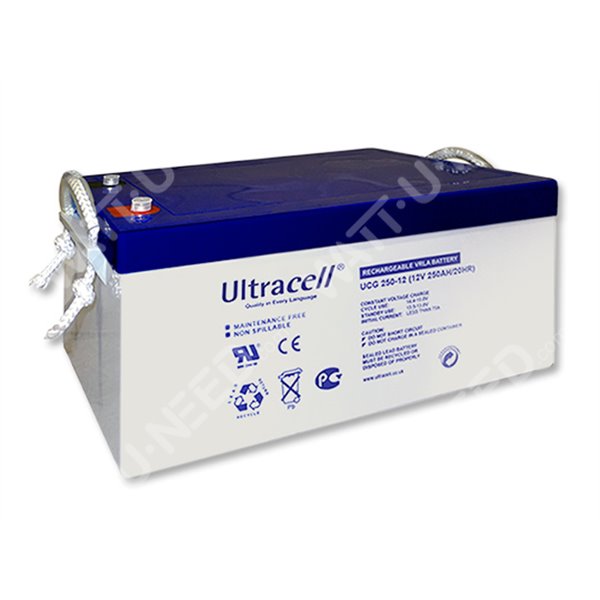
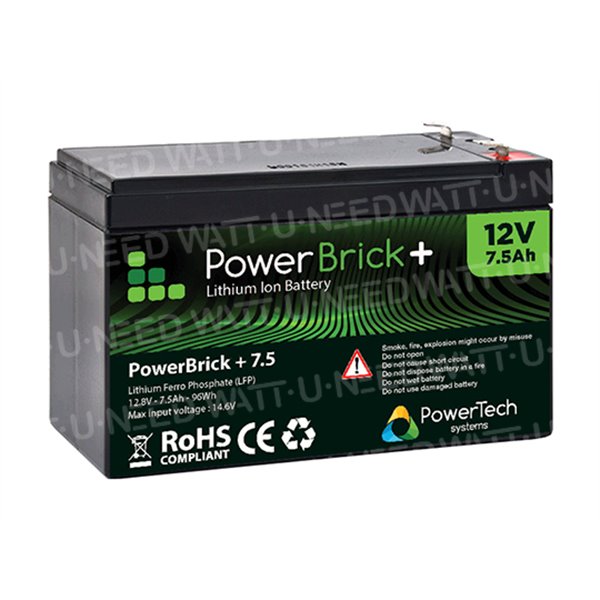
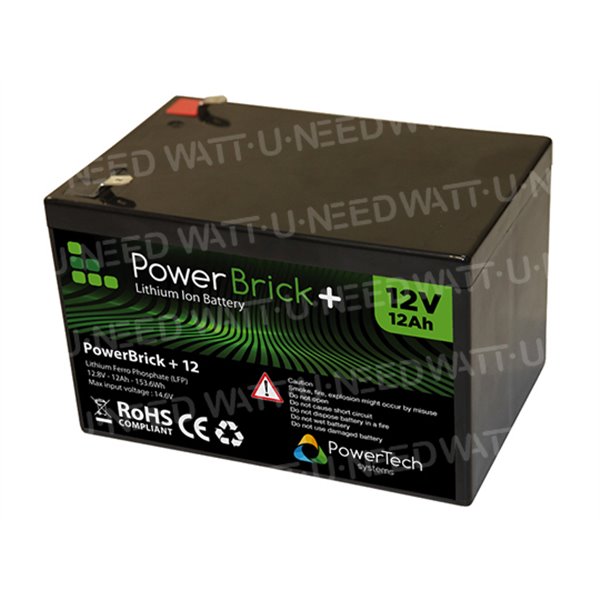
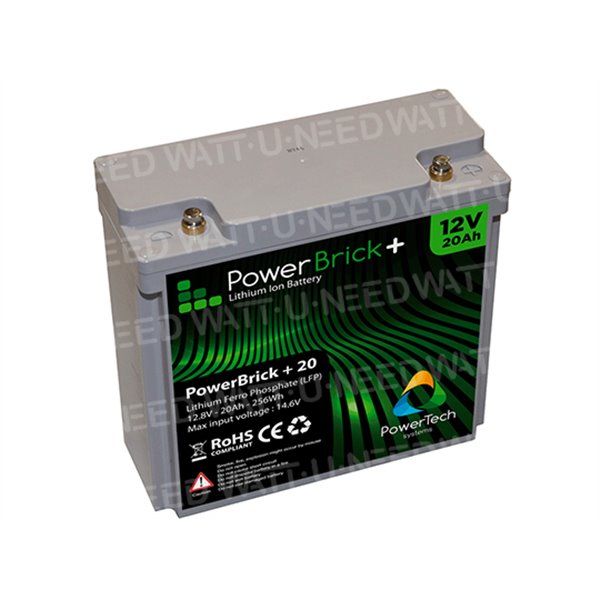
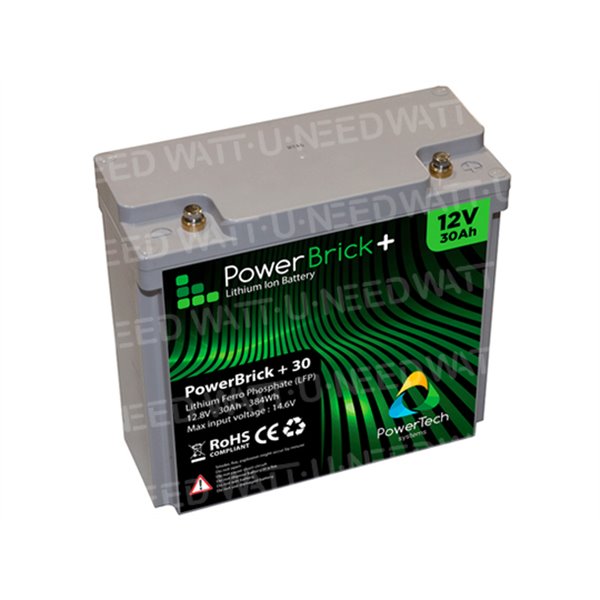
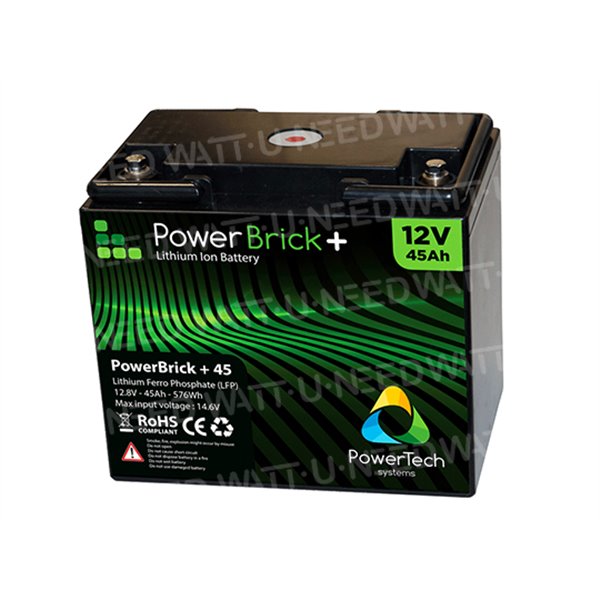
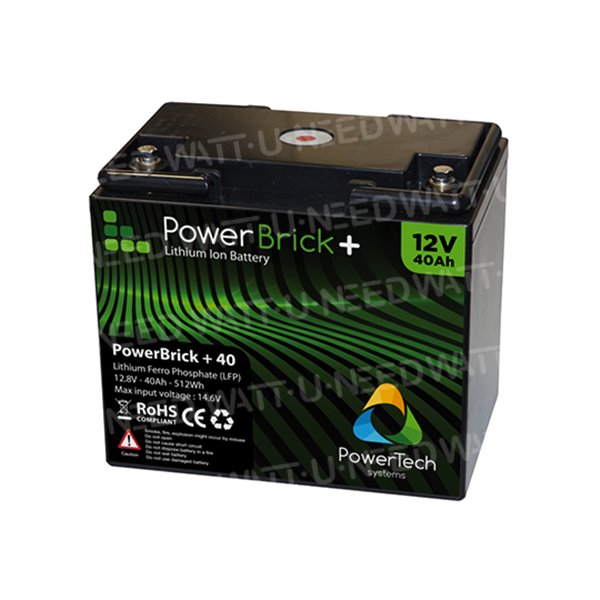
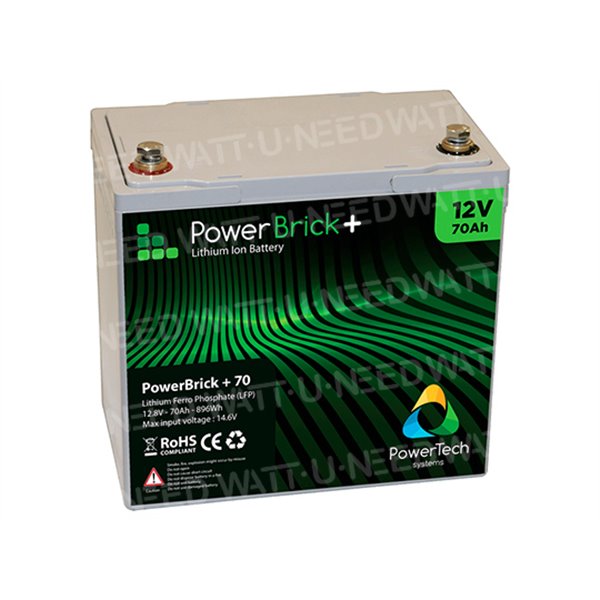
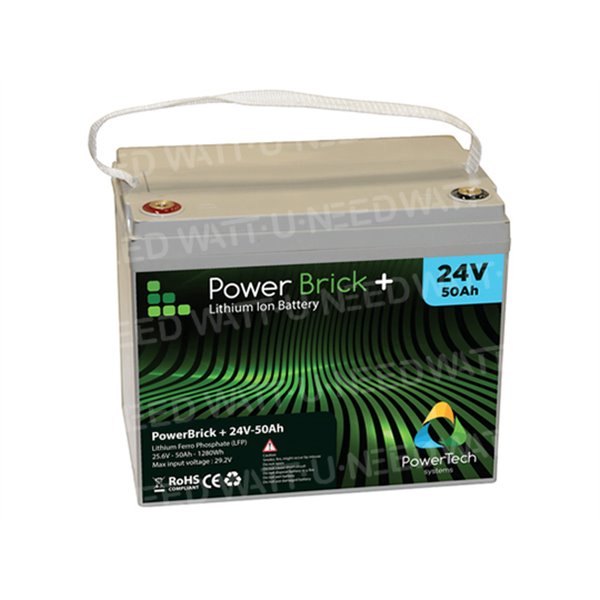
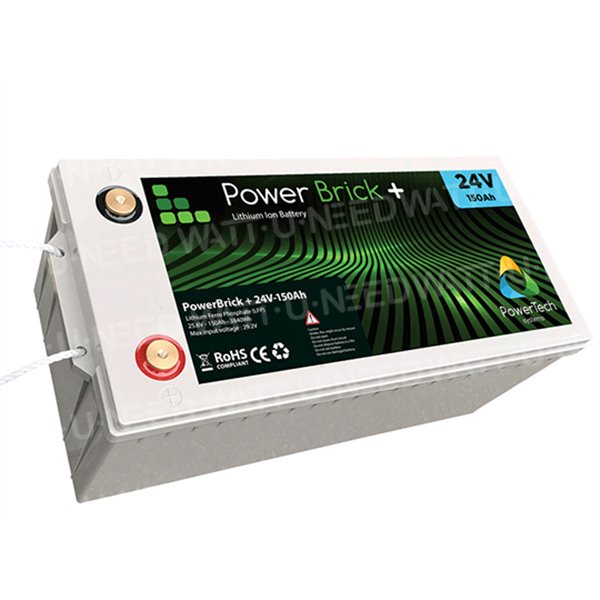
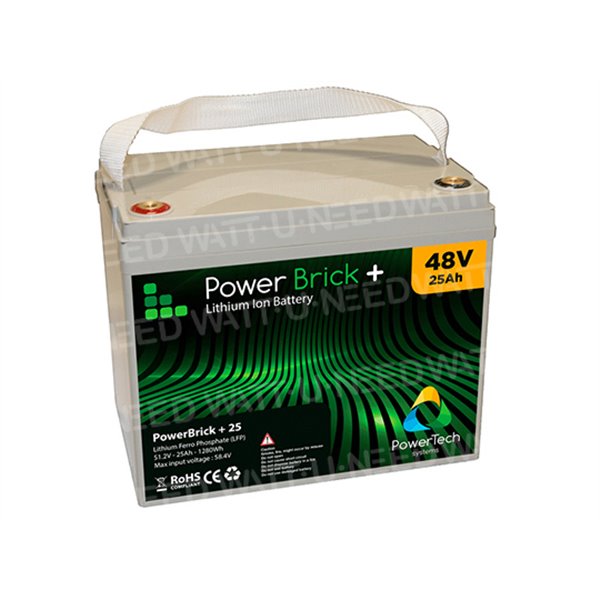
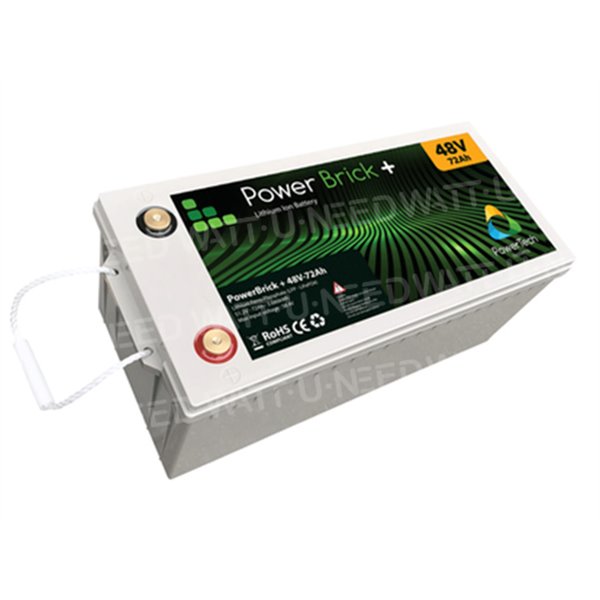
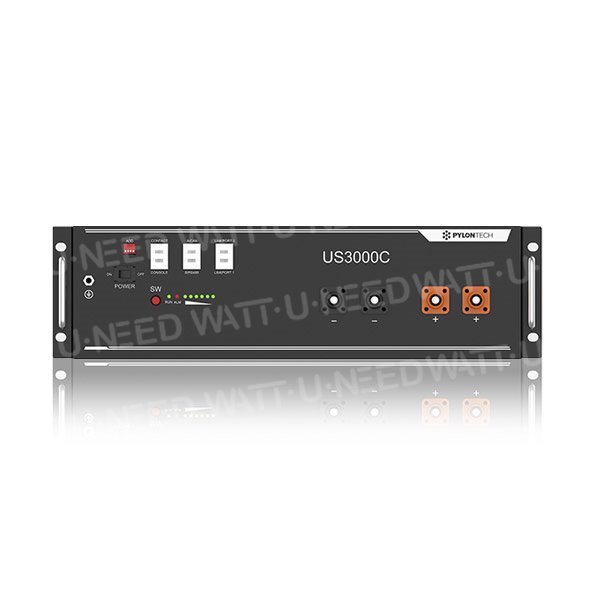
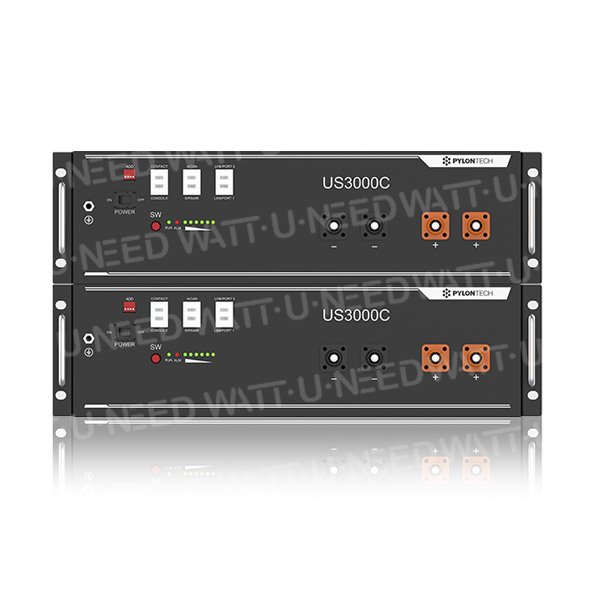
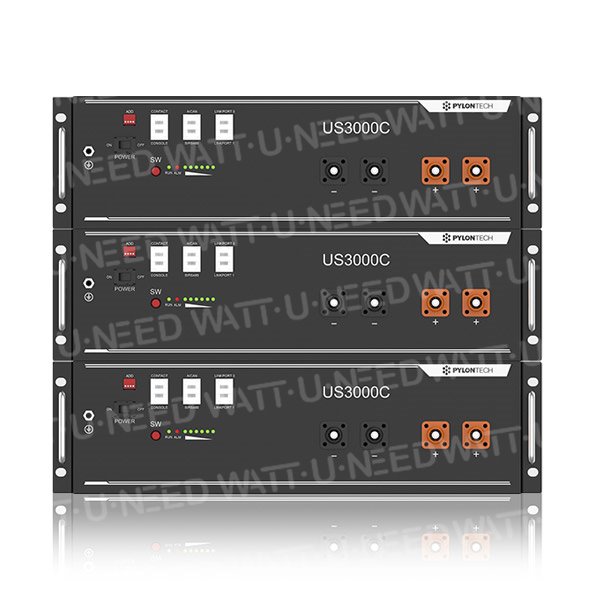
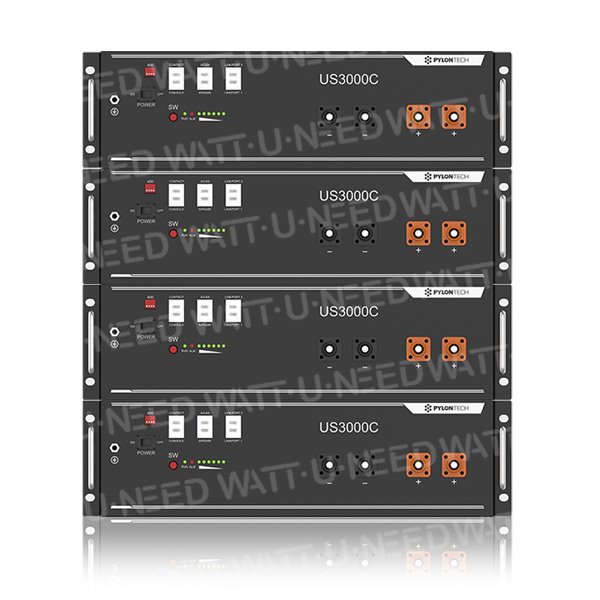
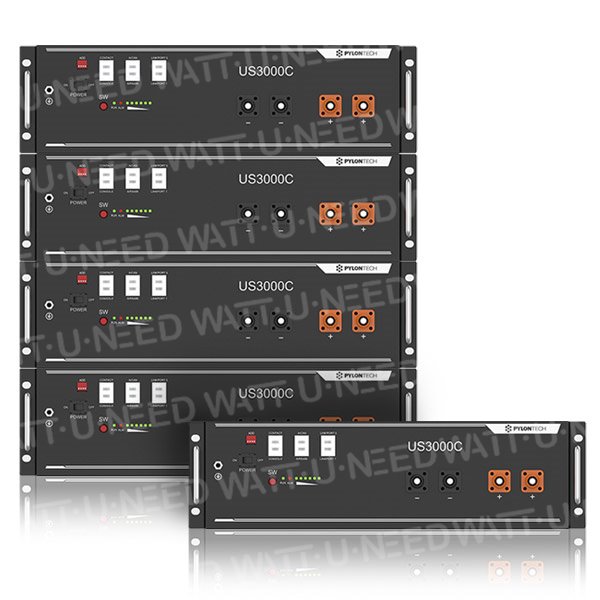
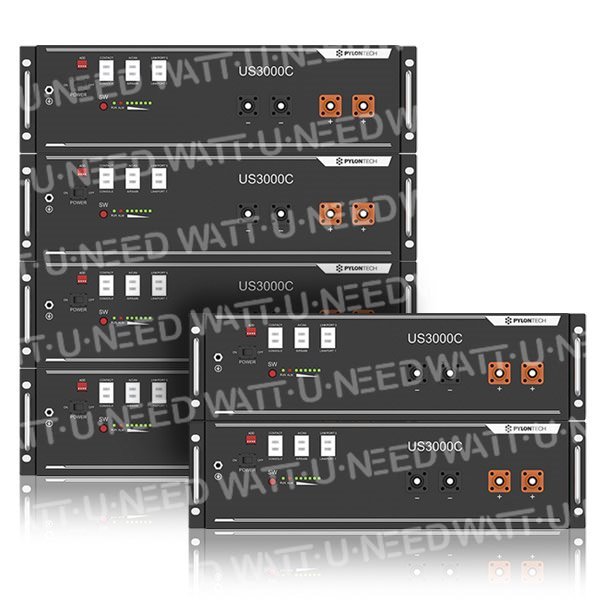
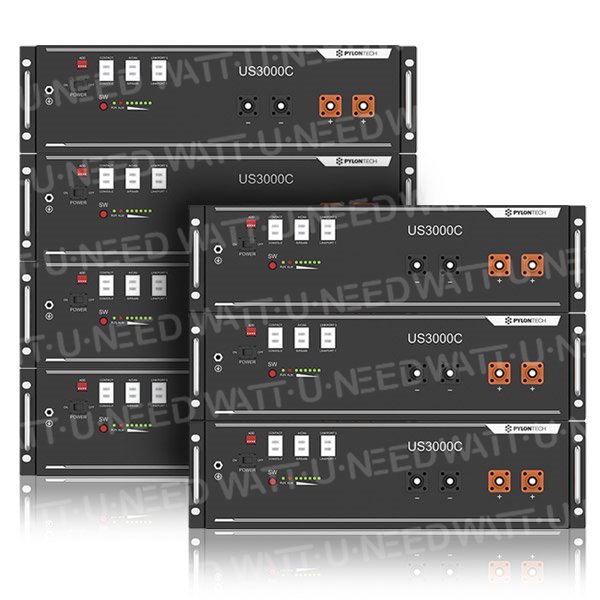
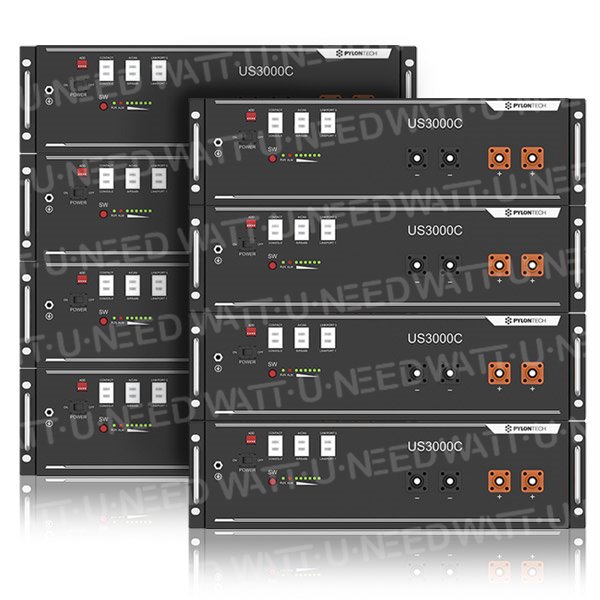
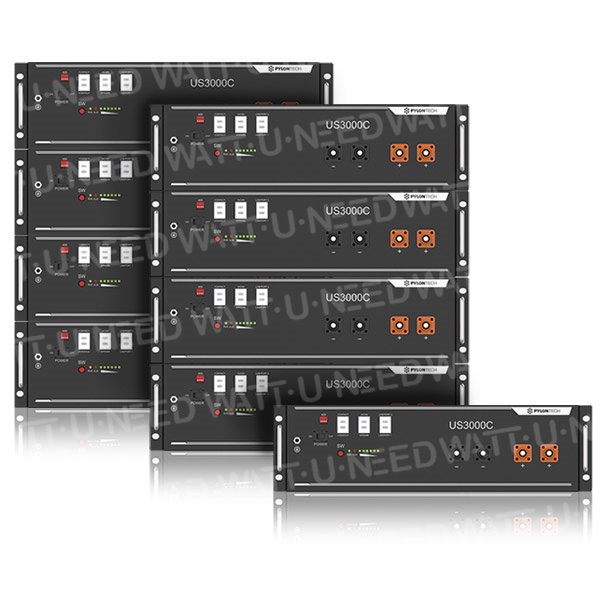
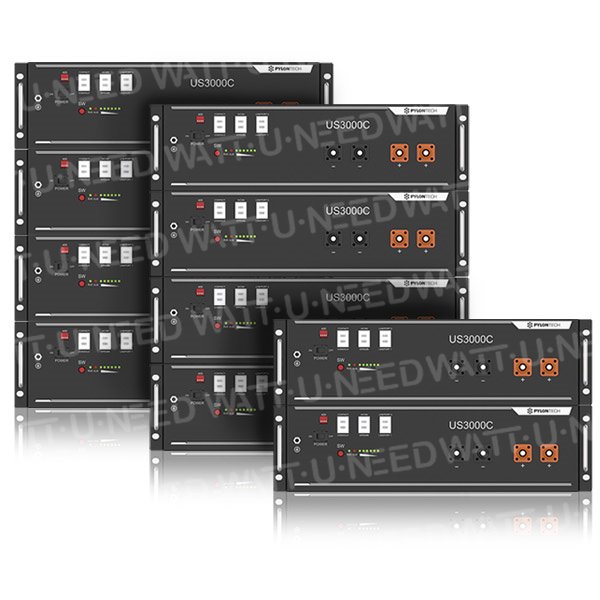
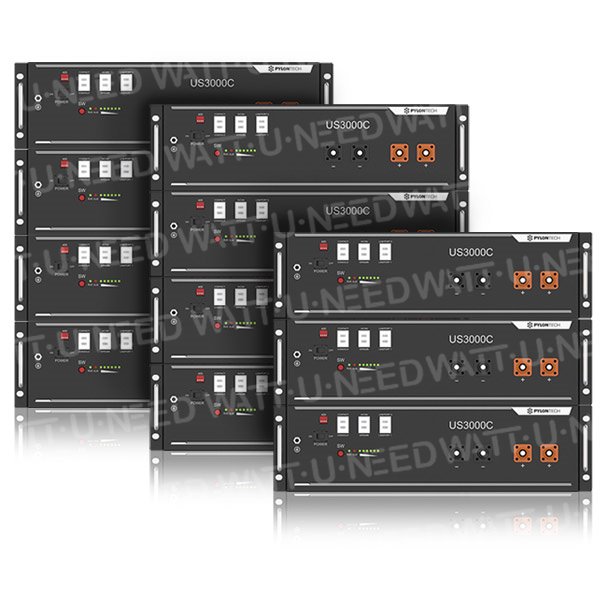
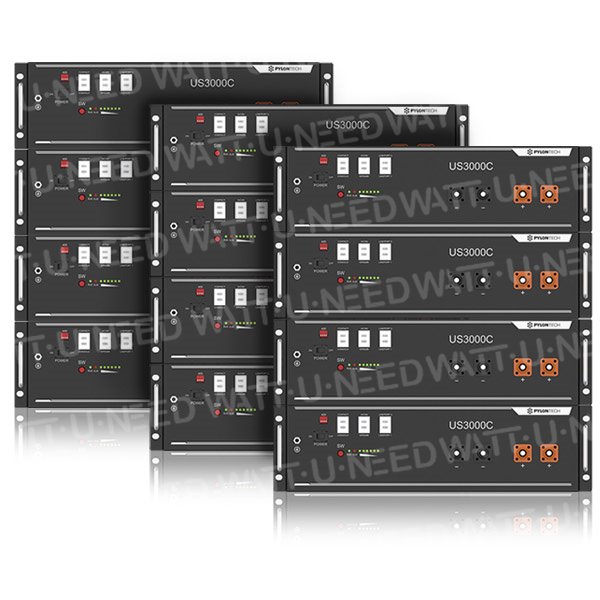
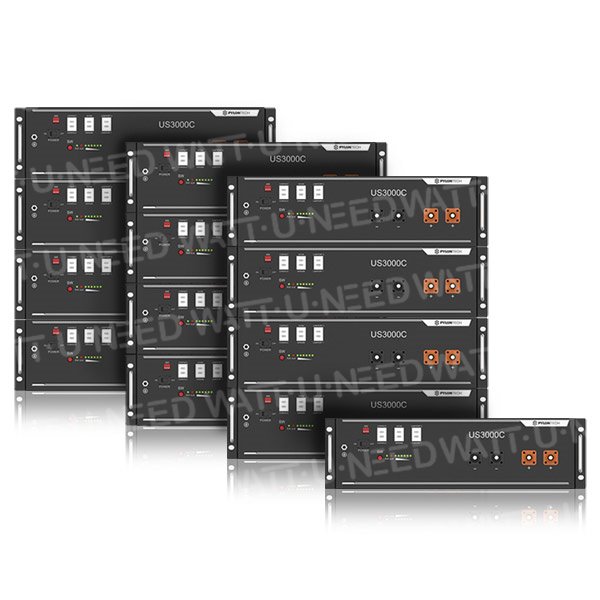
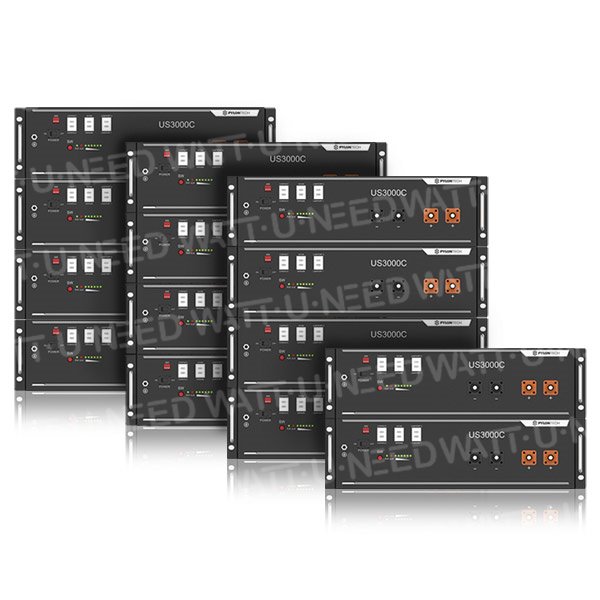
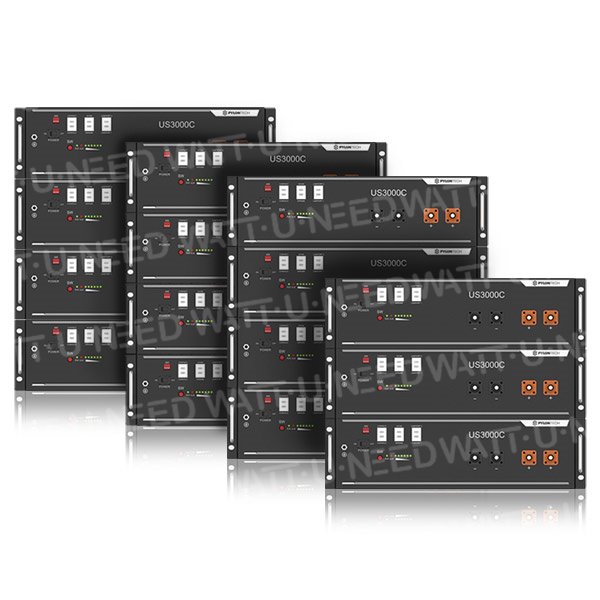
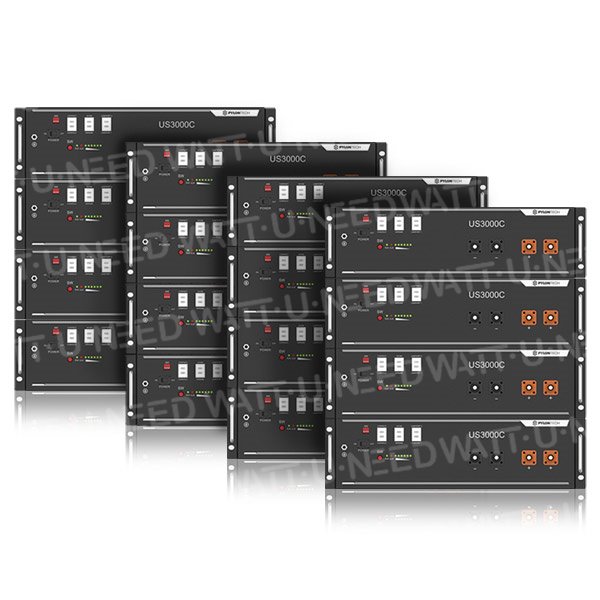
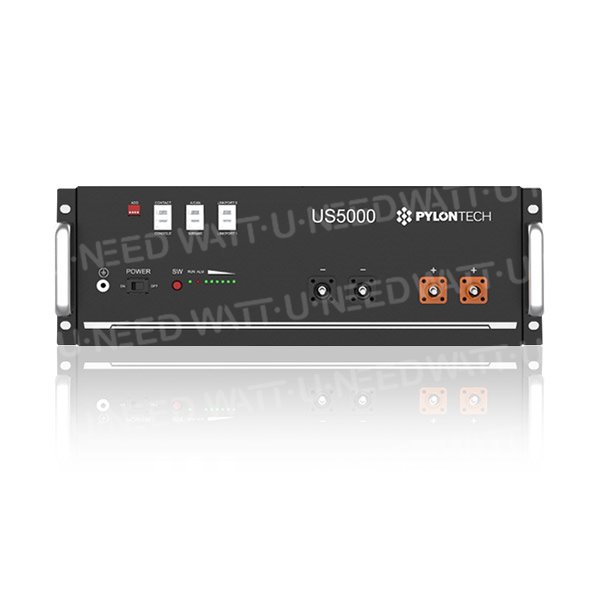
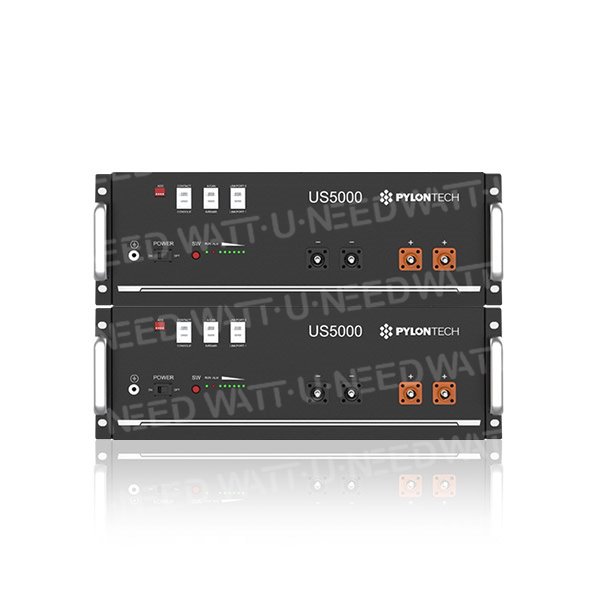
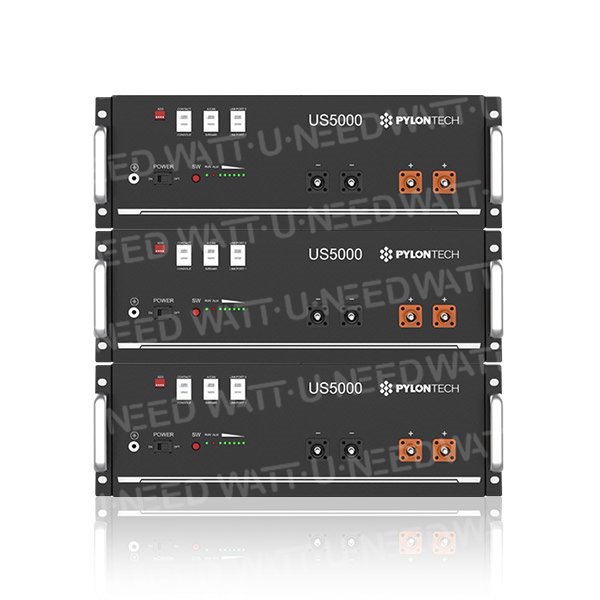
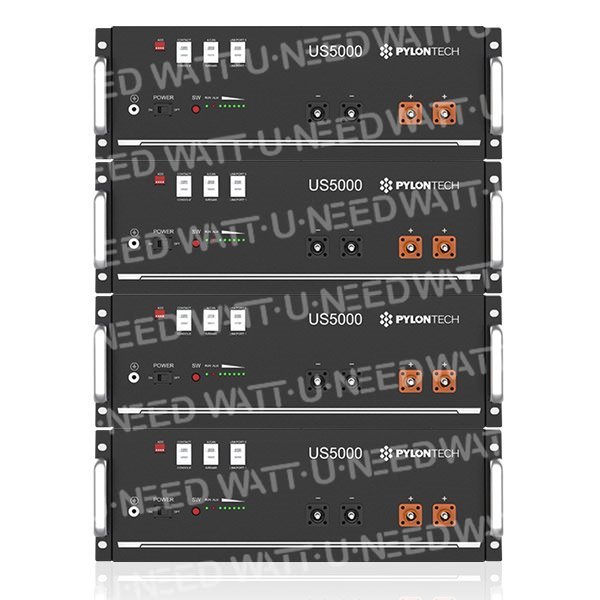
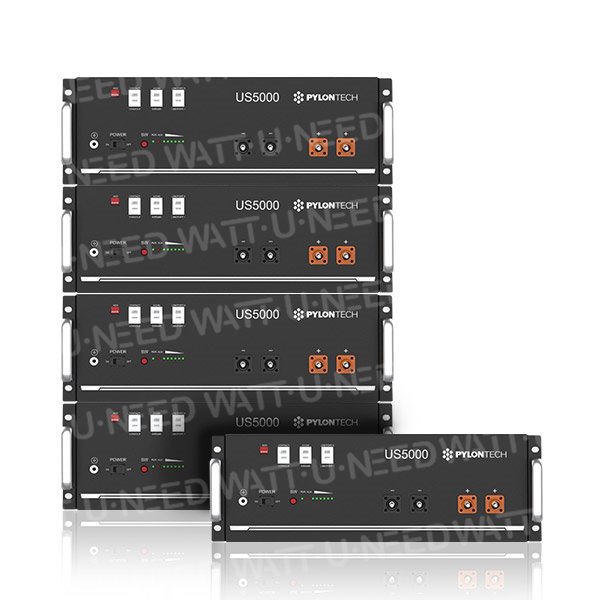
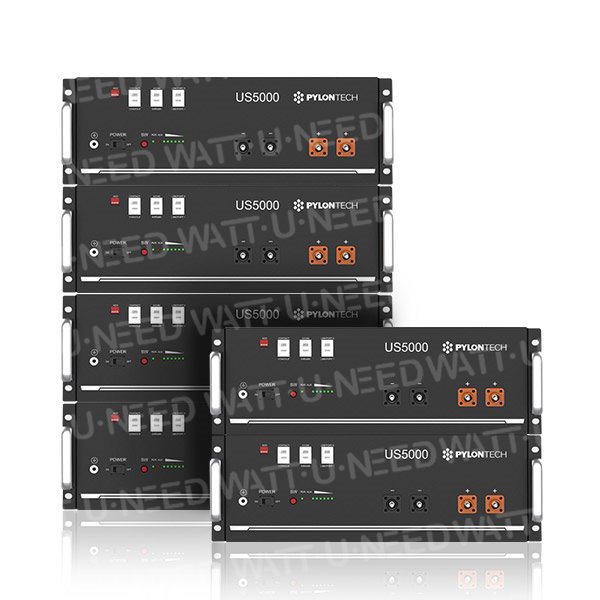
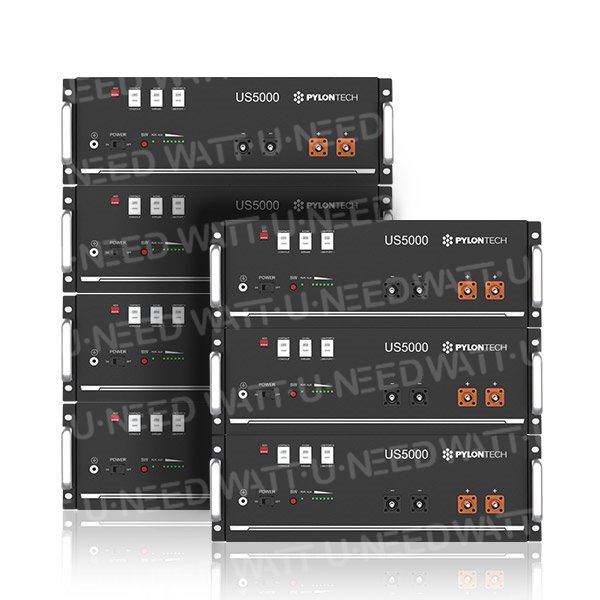

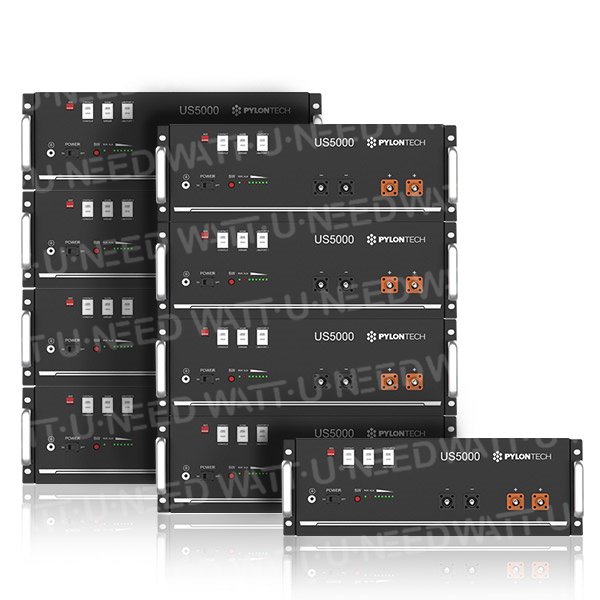
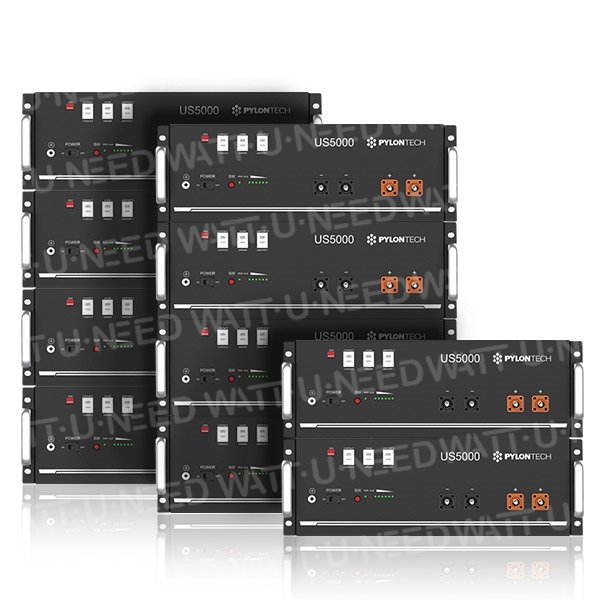
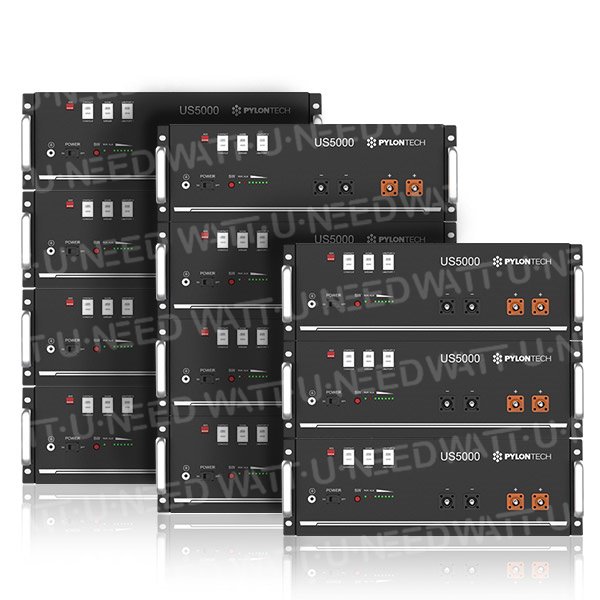
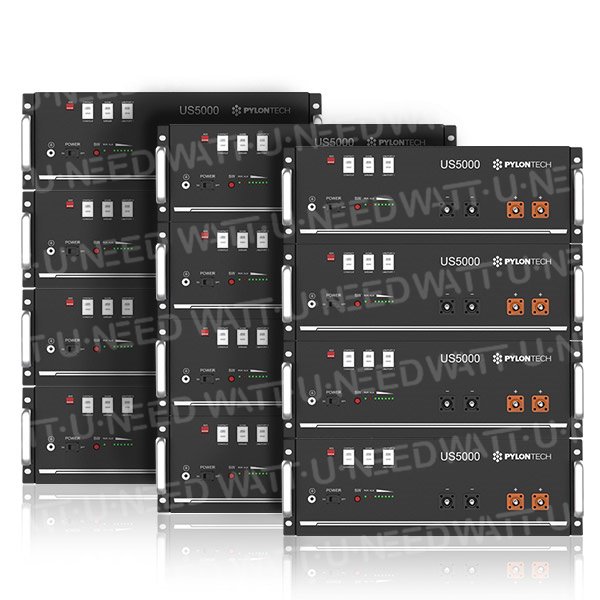
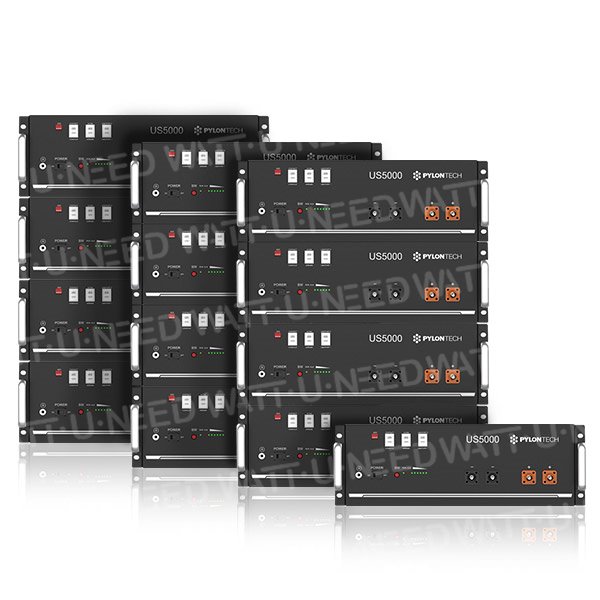
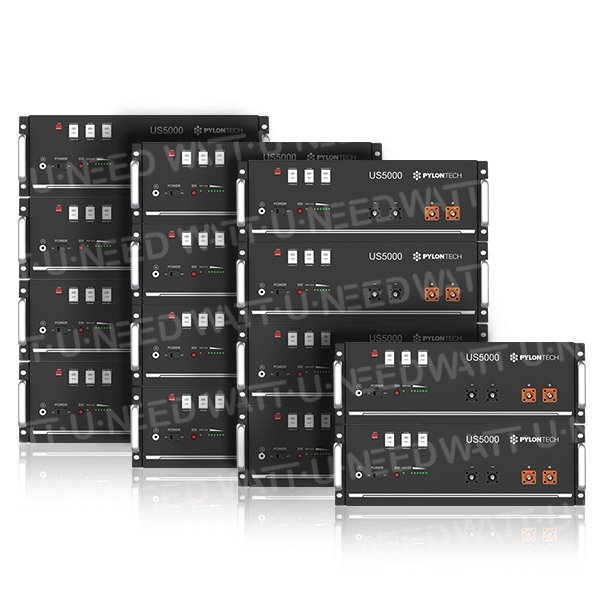









































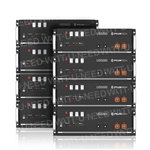









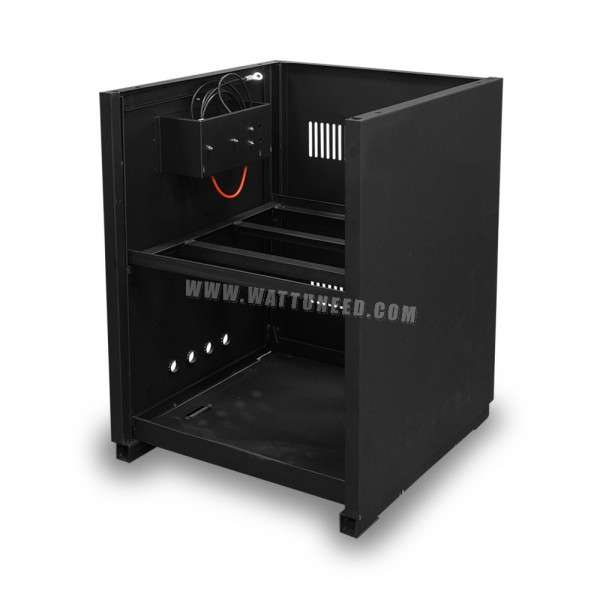
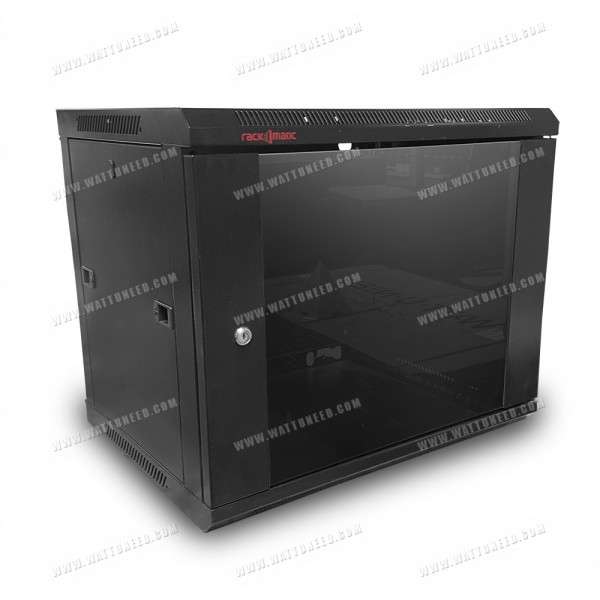
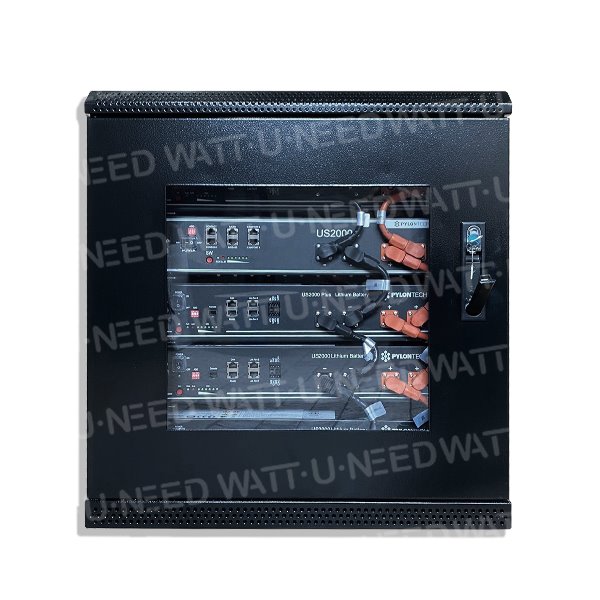
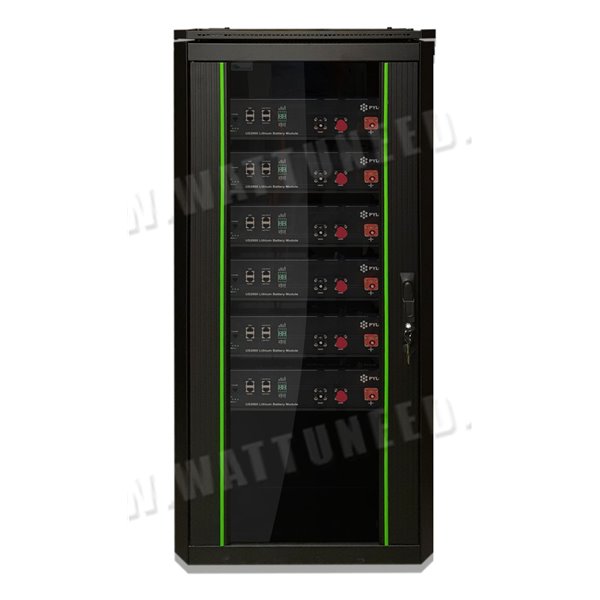
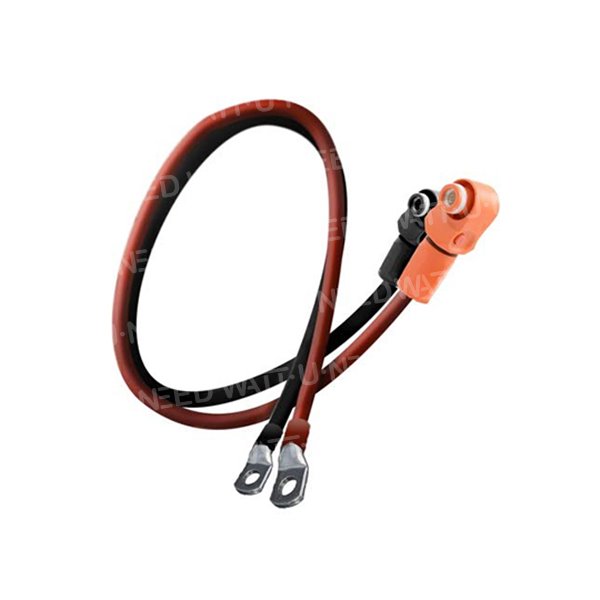
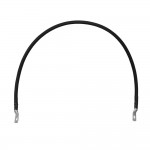











 Wood and CO 2
Wood and CO 2









